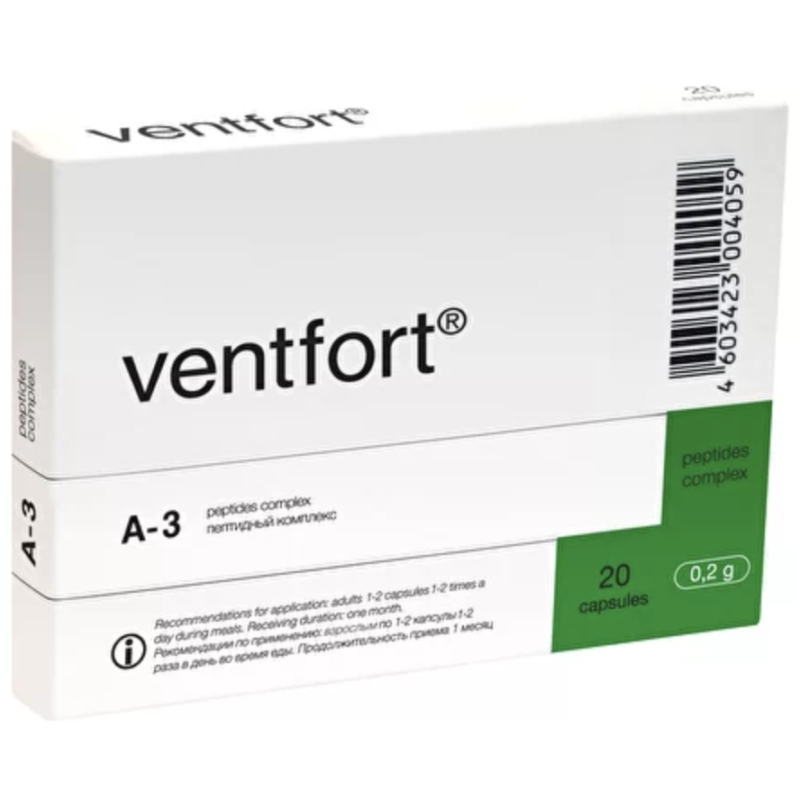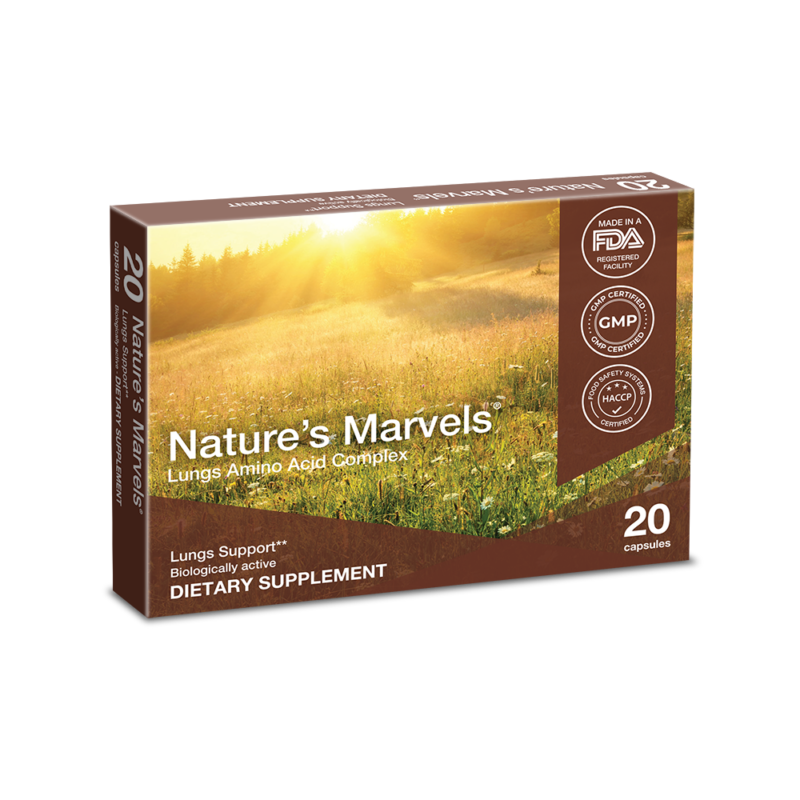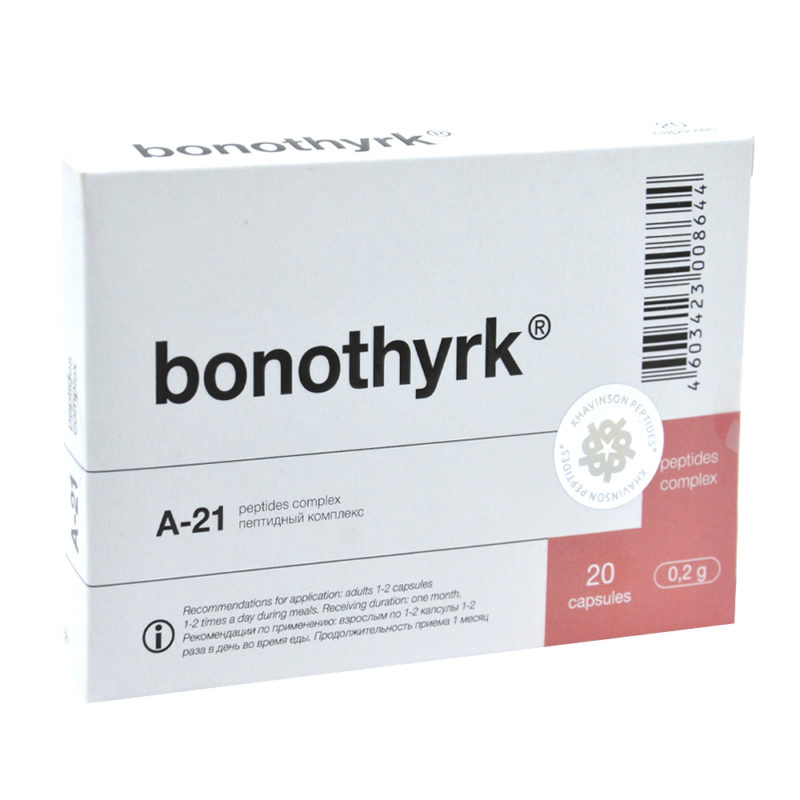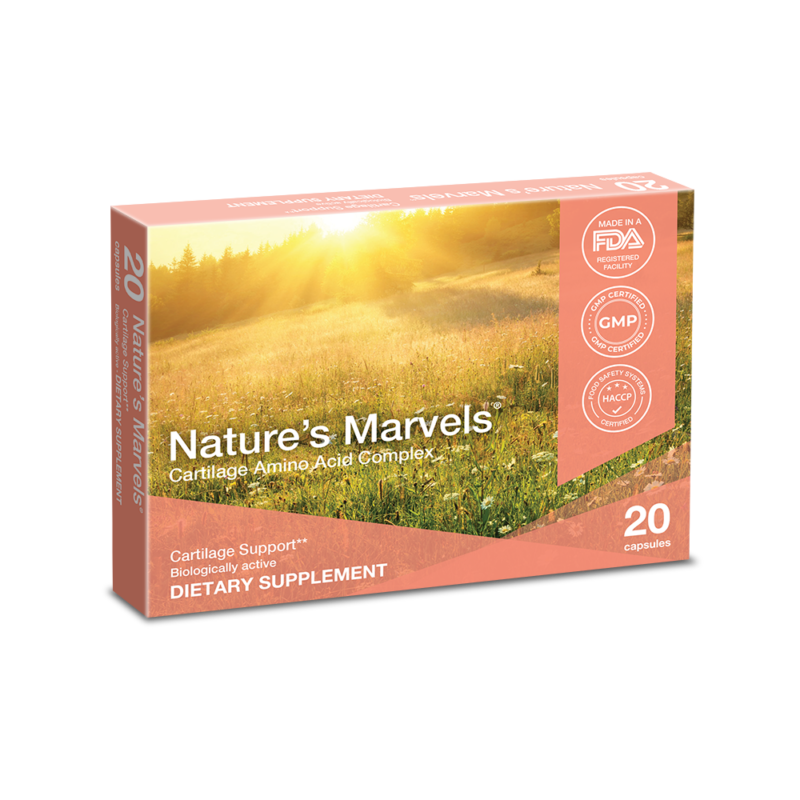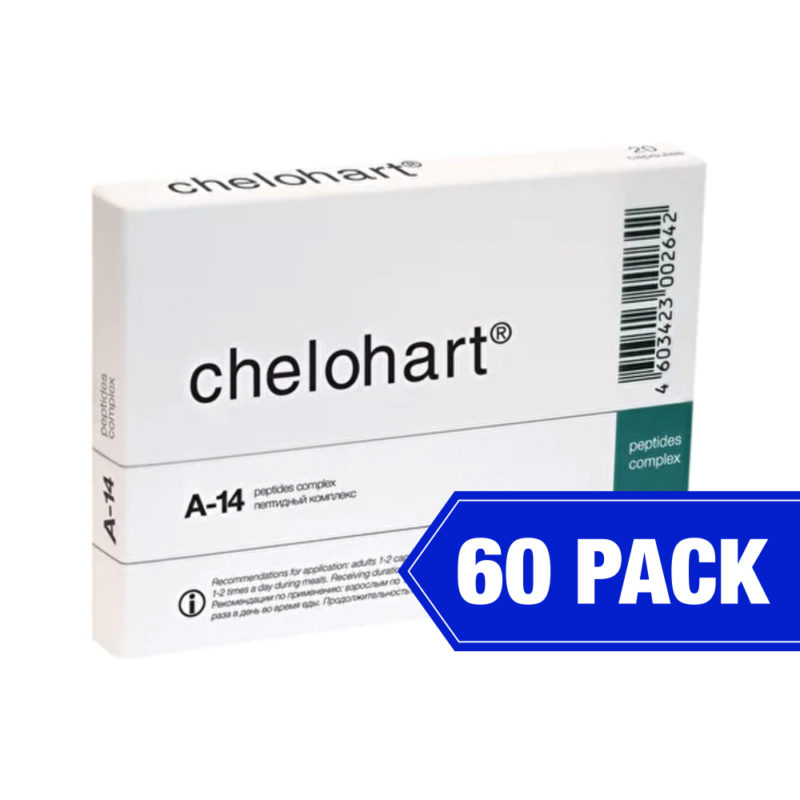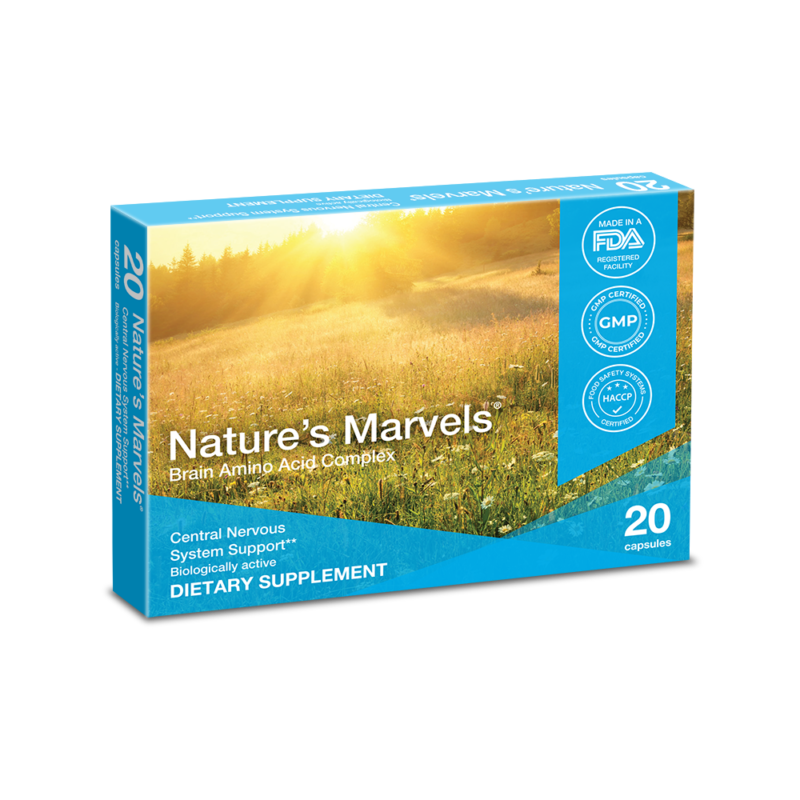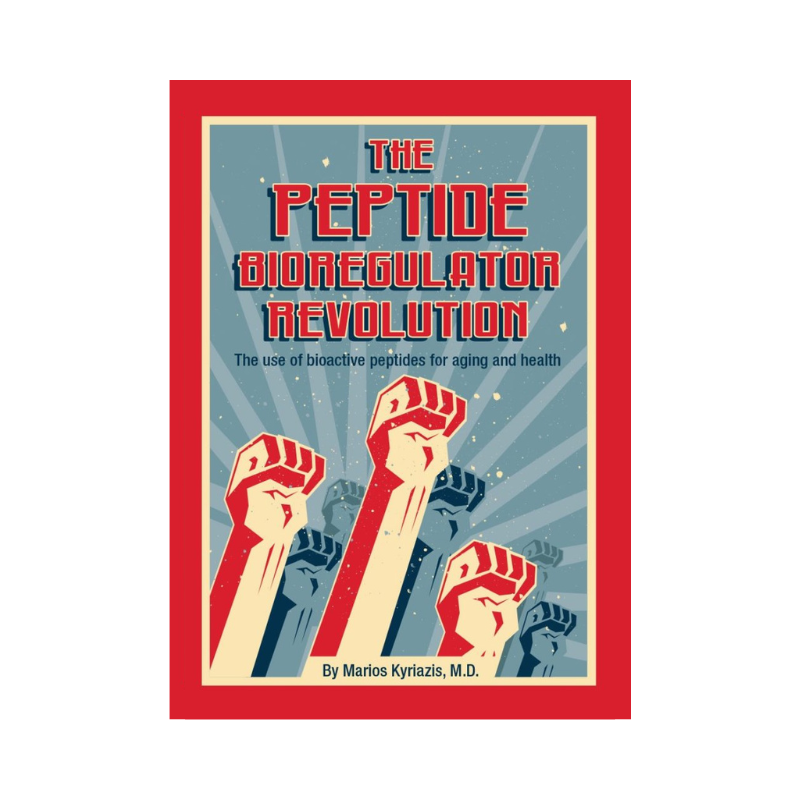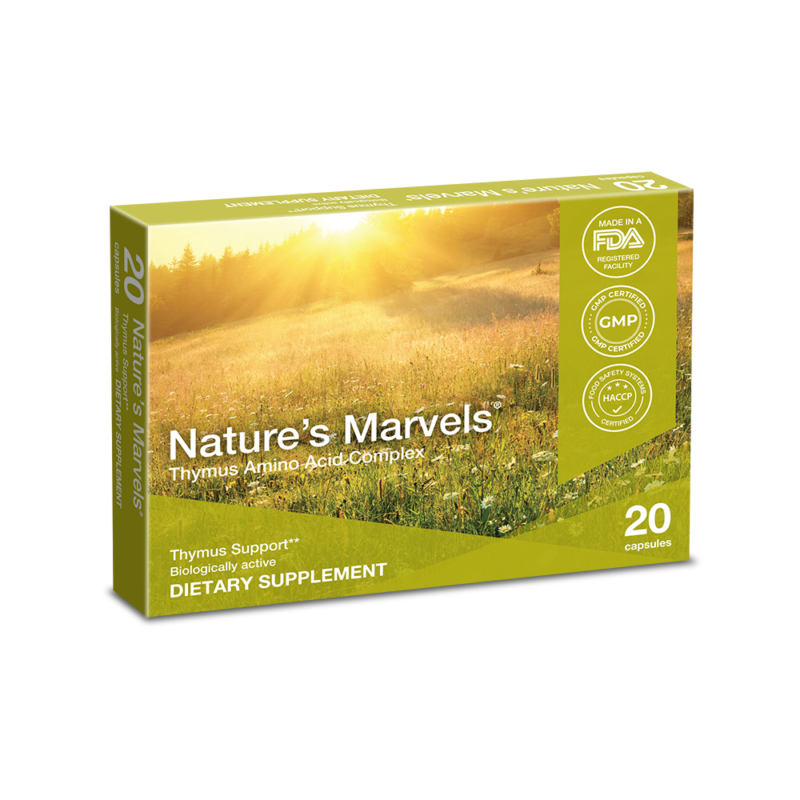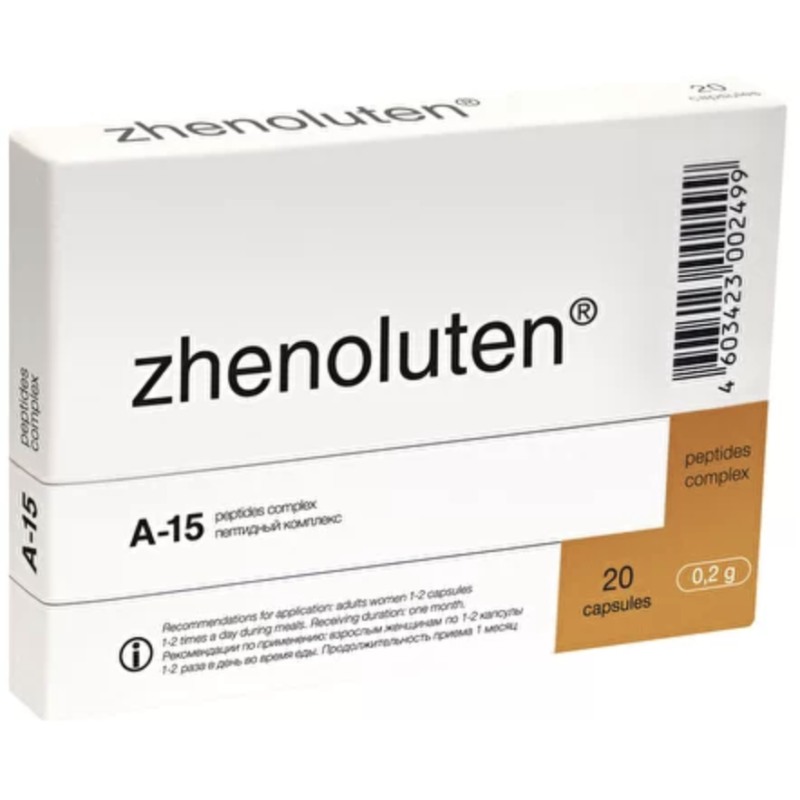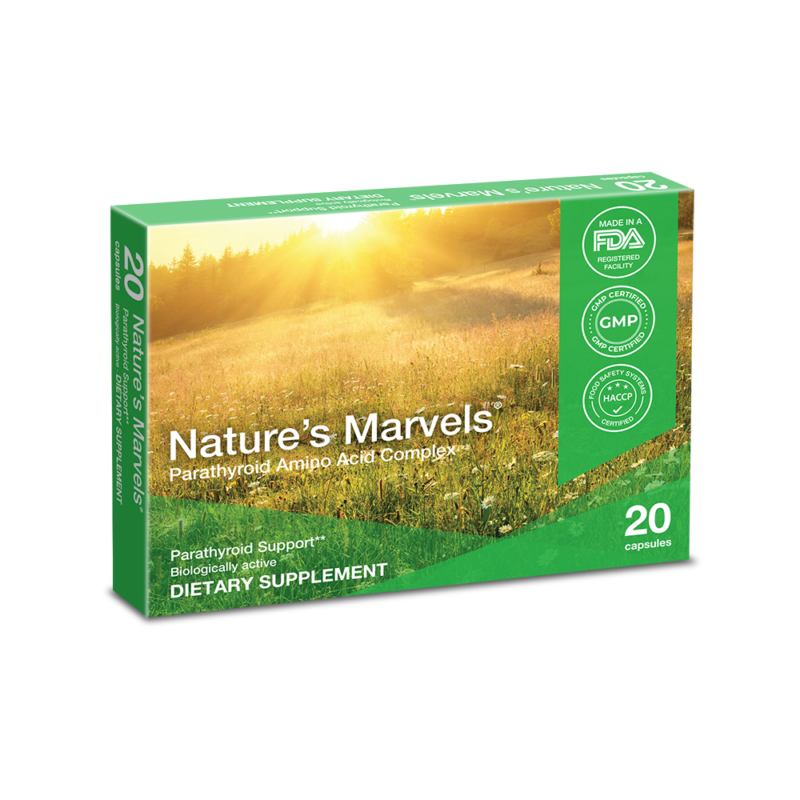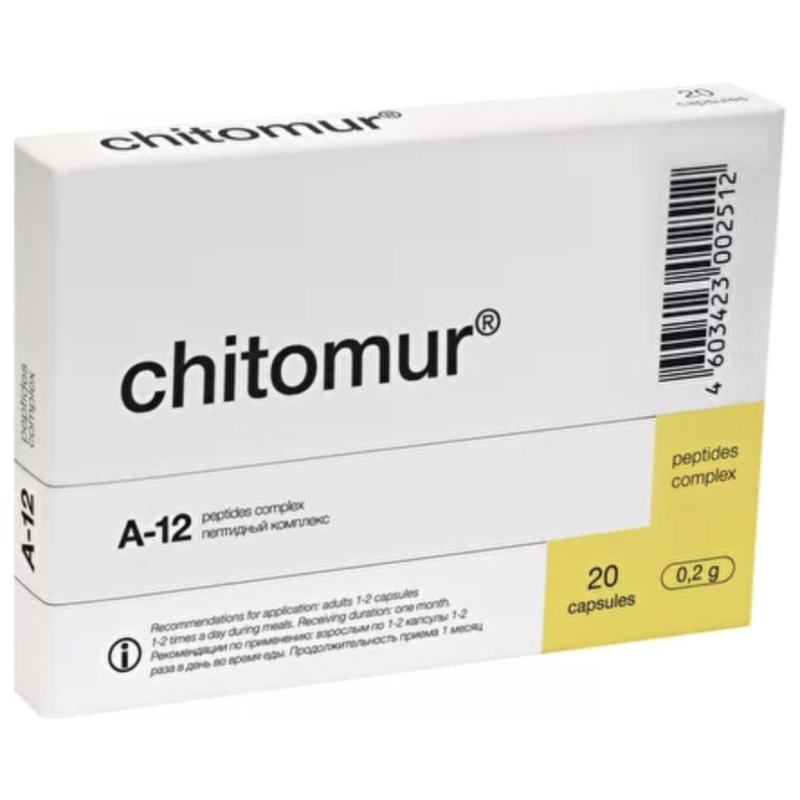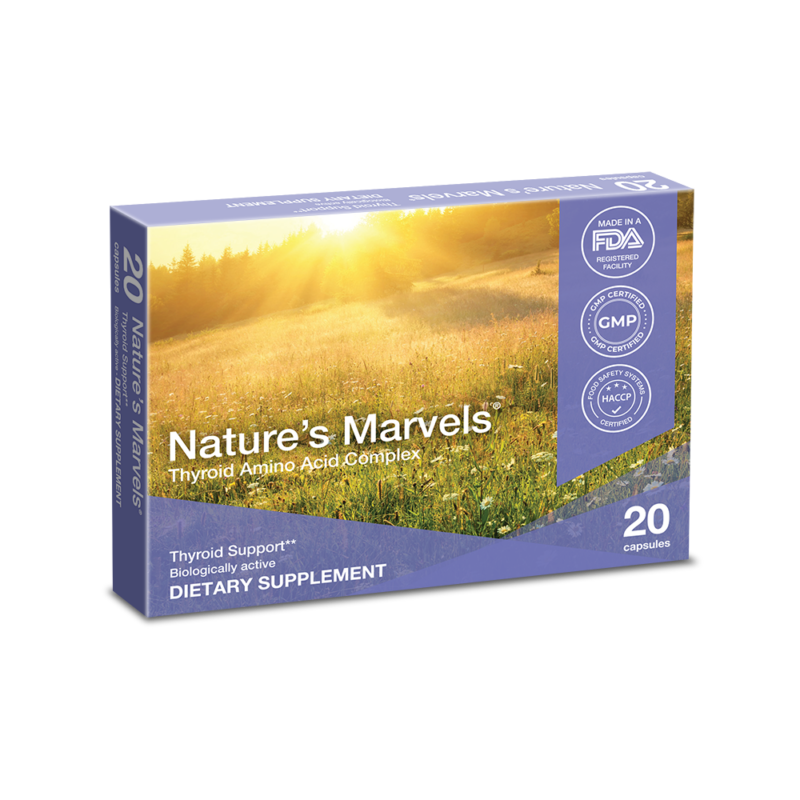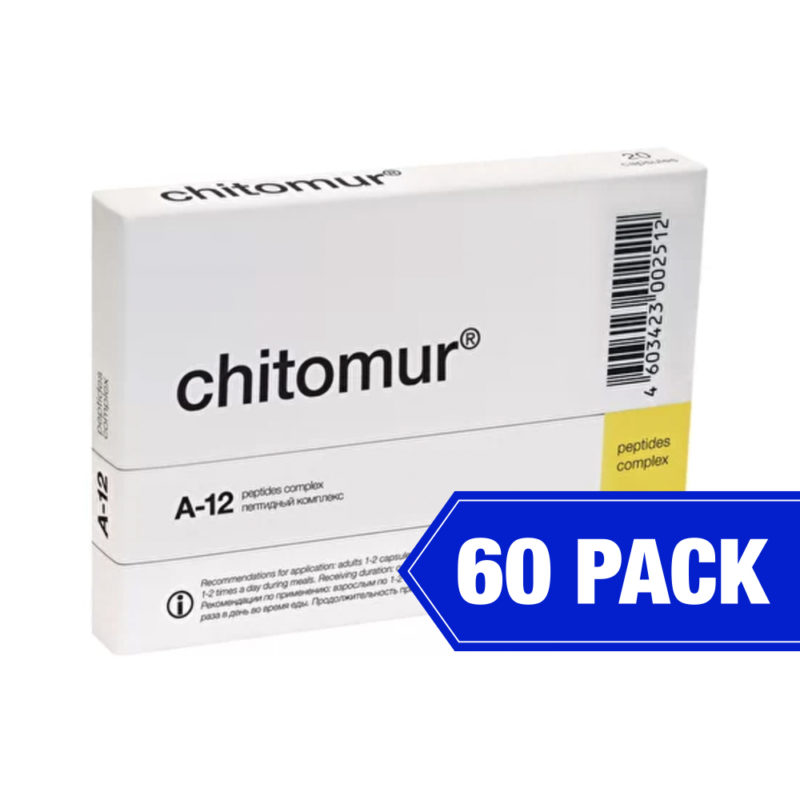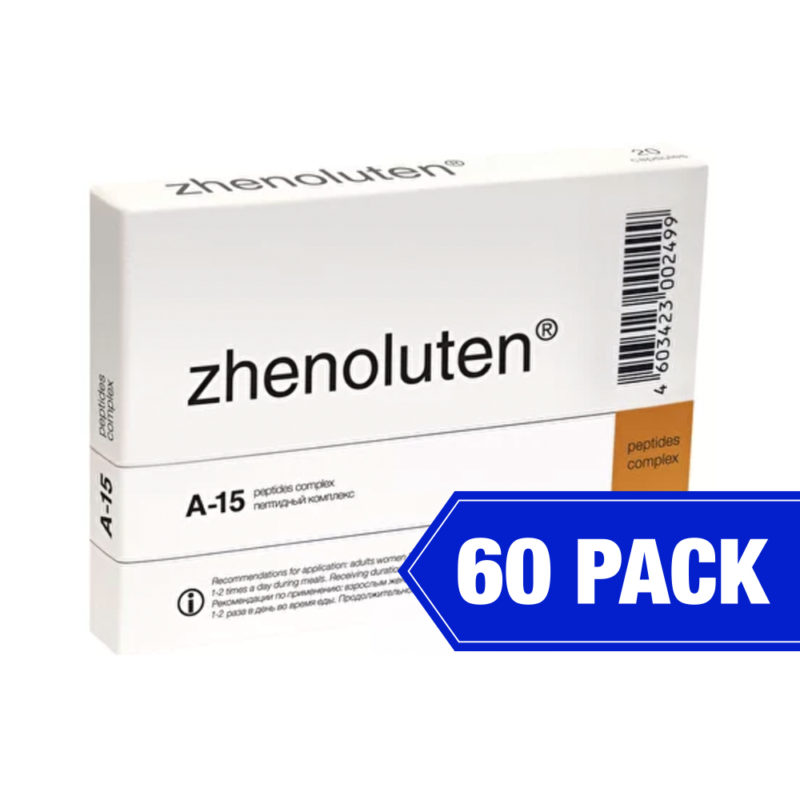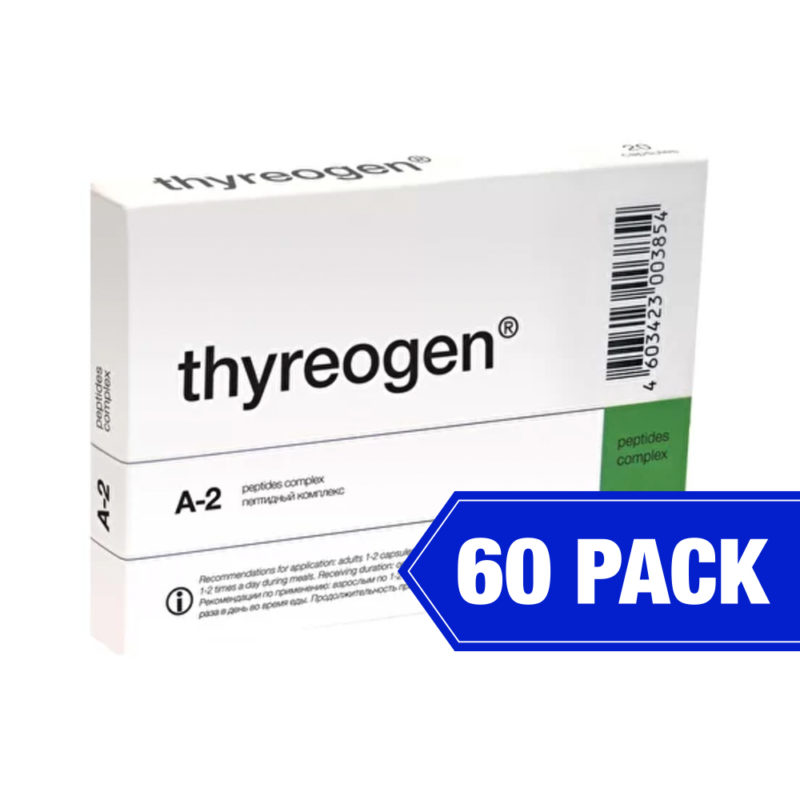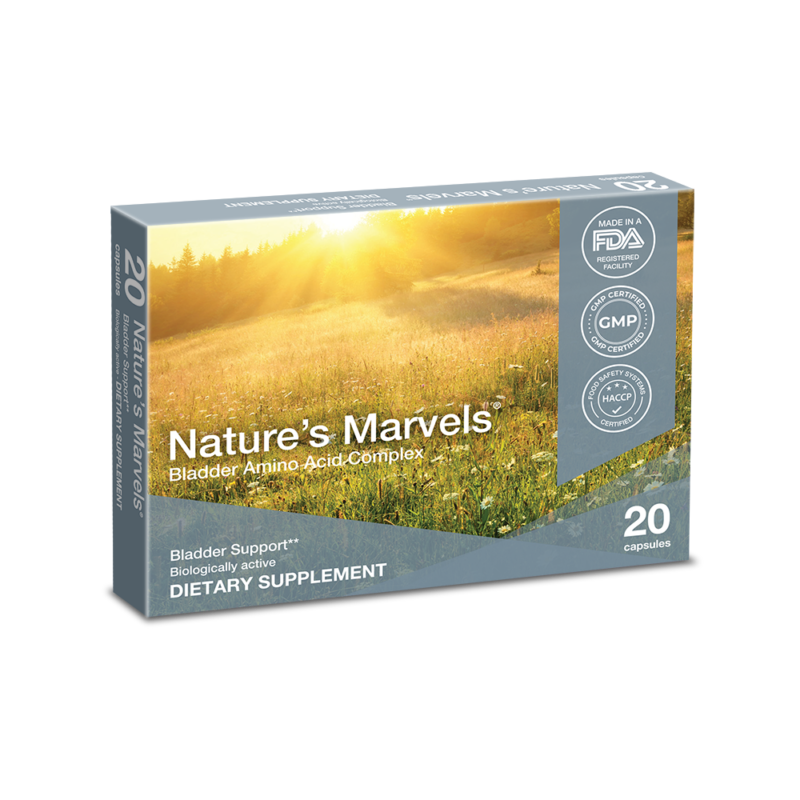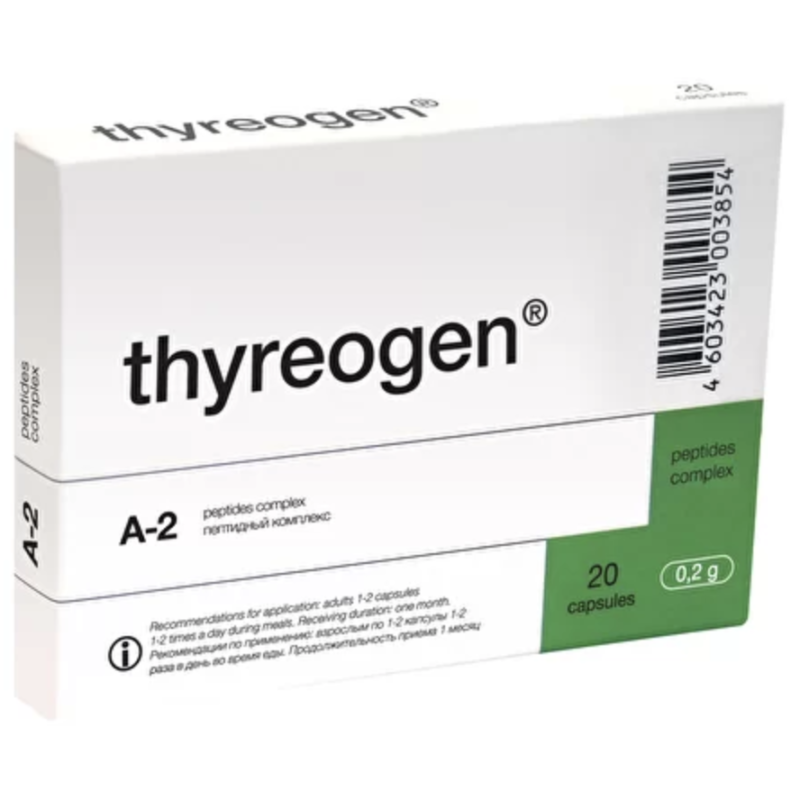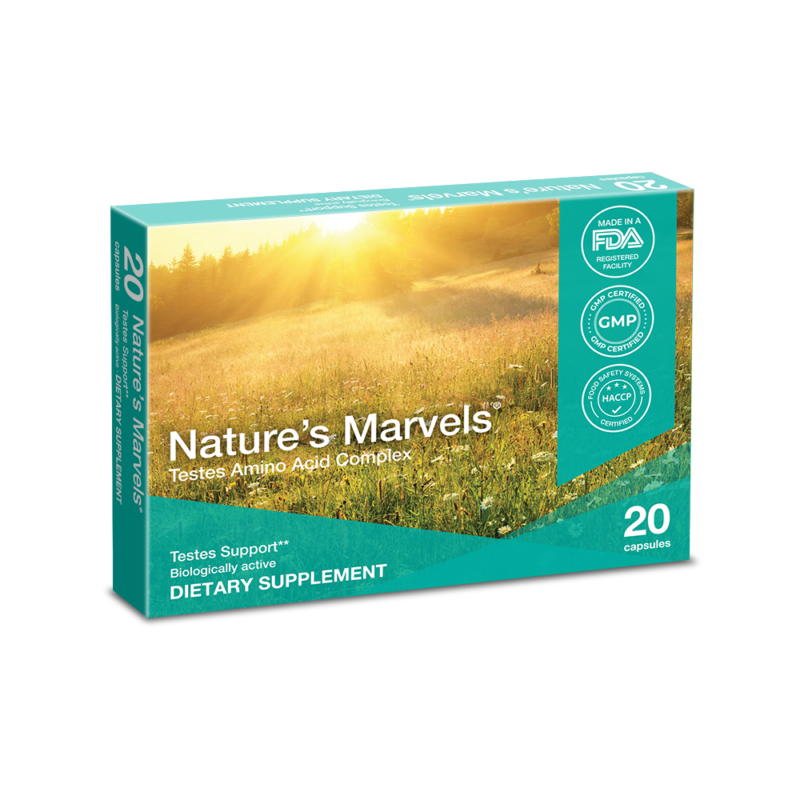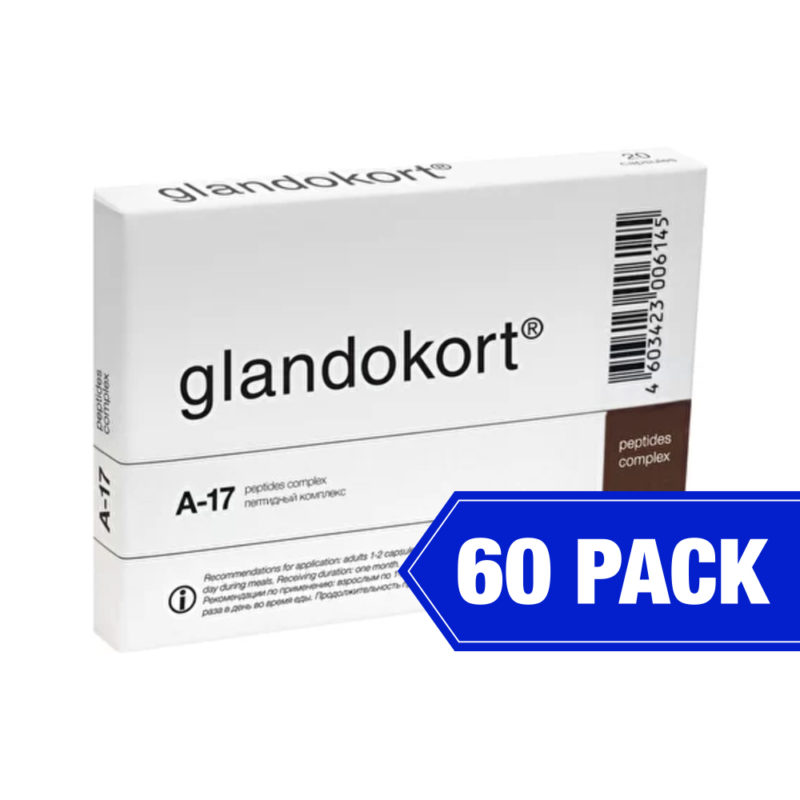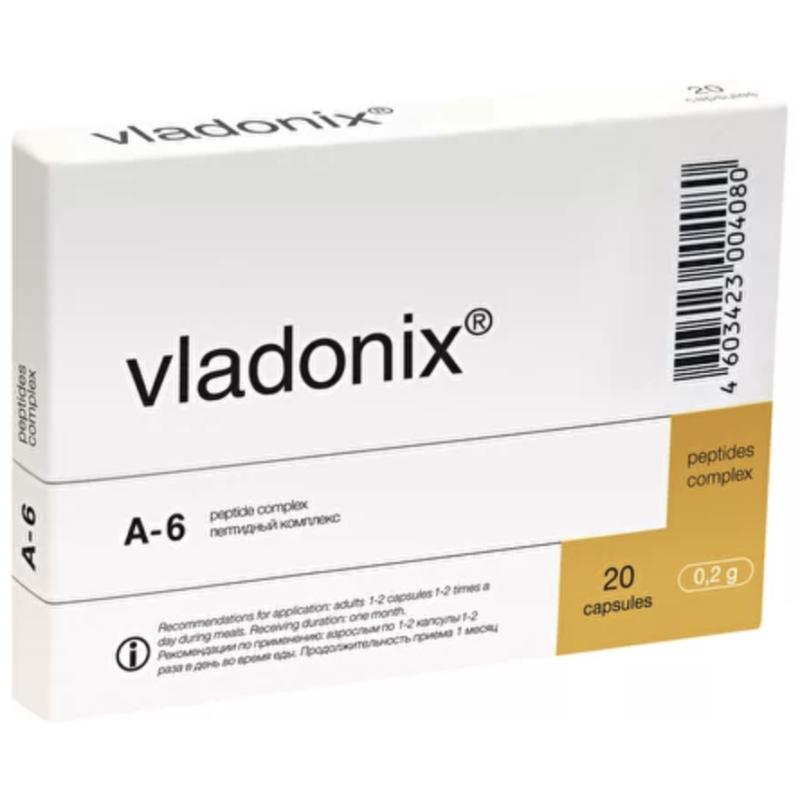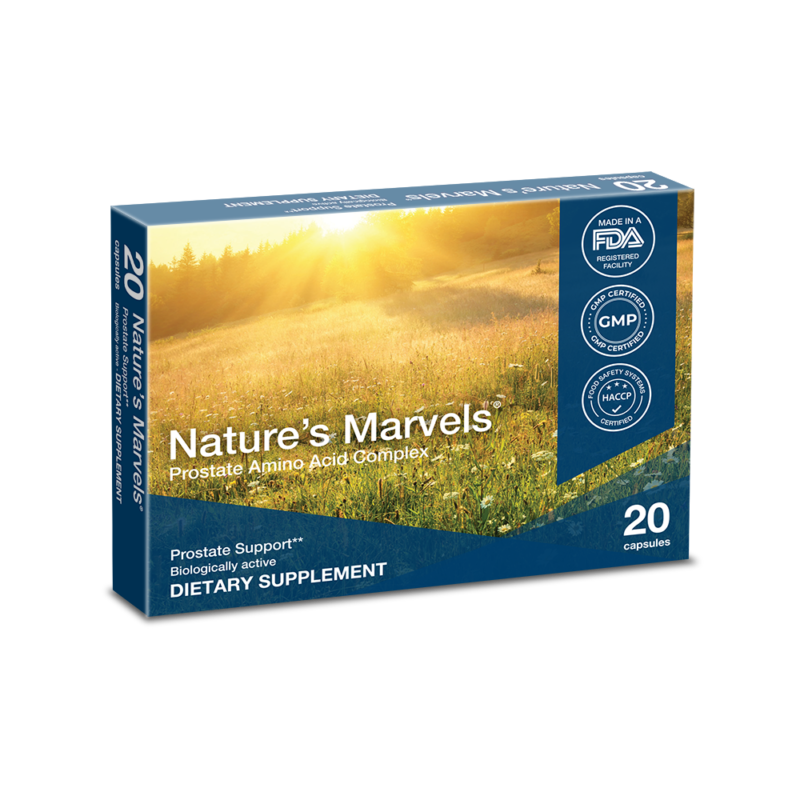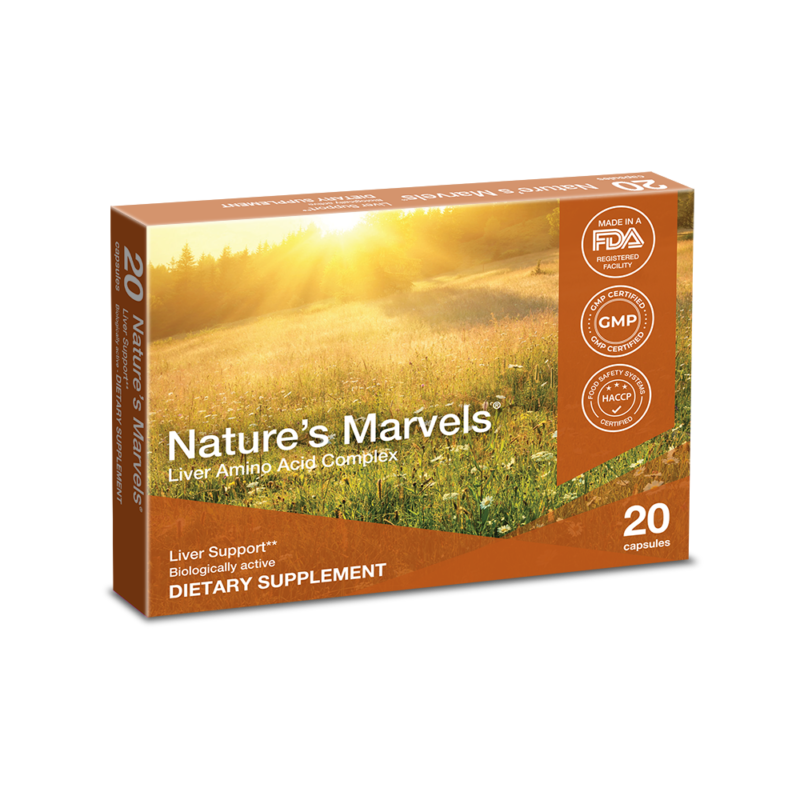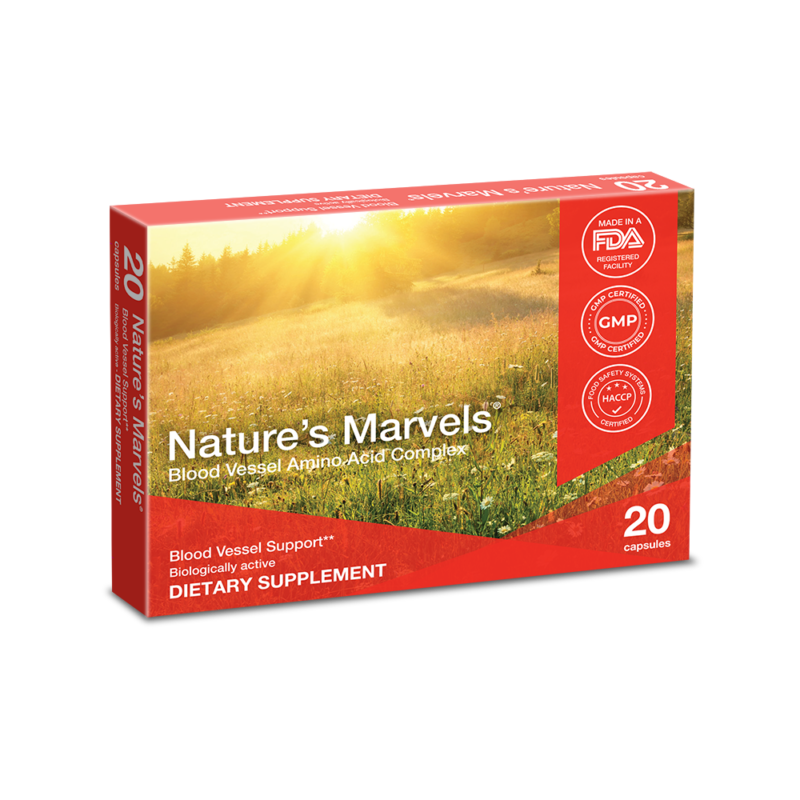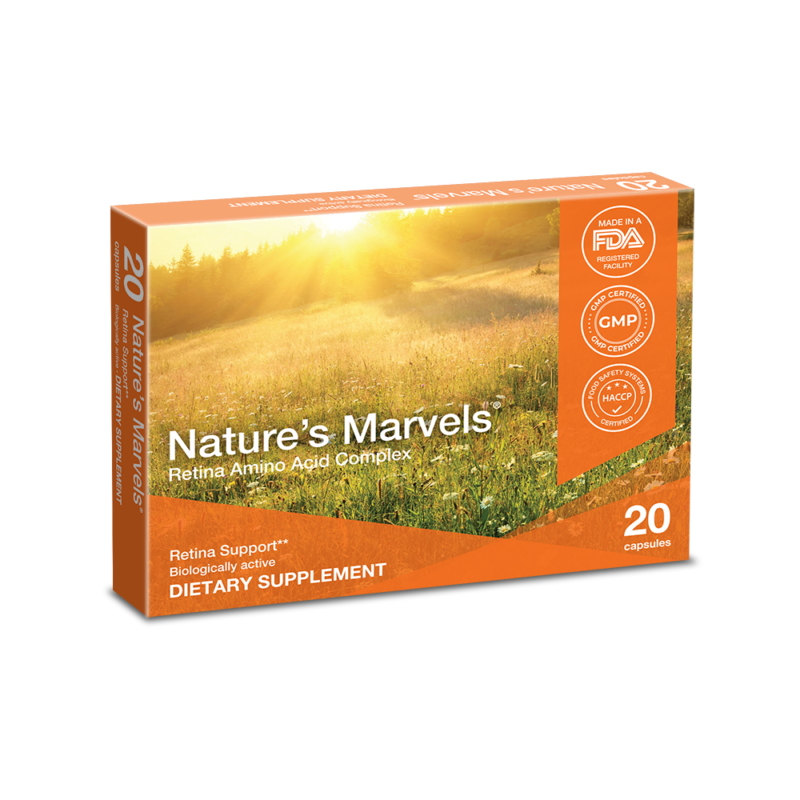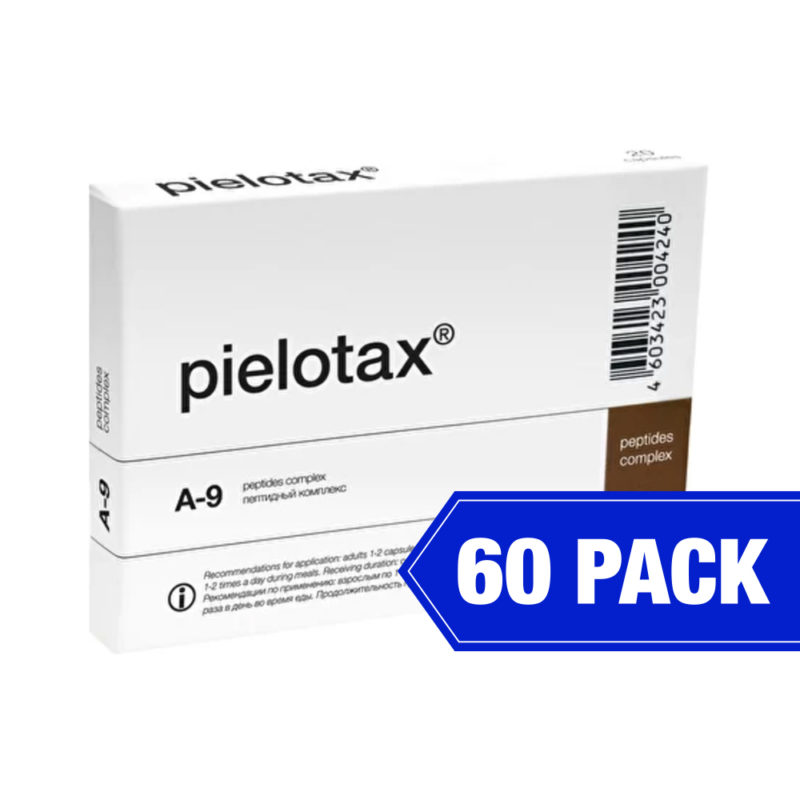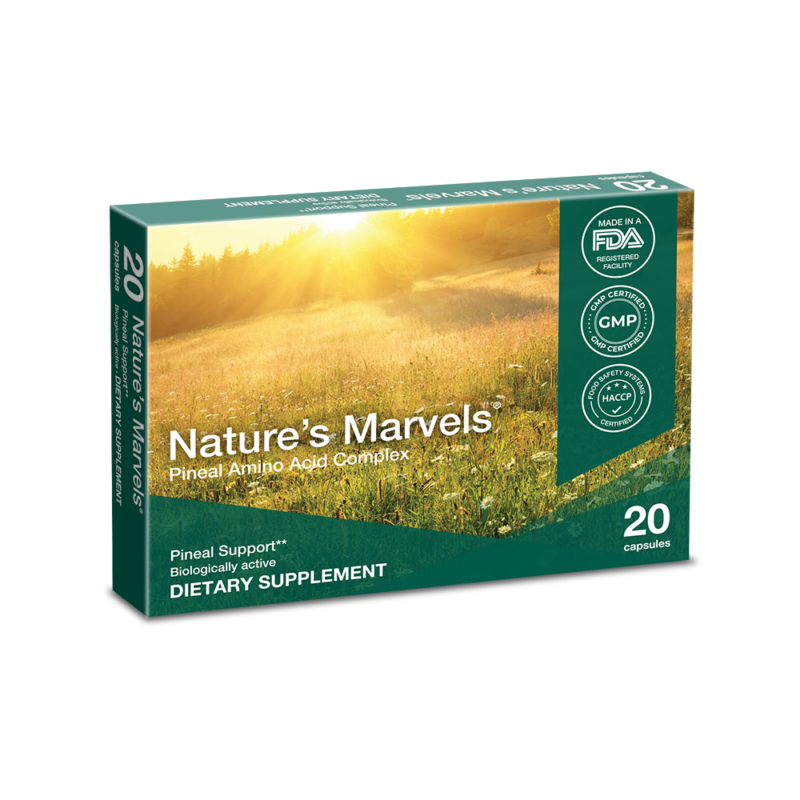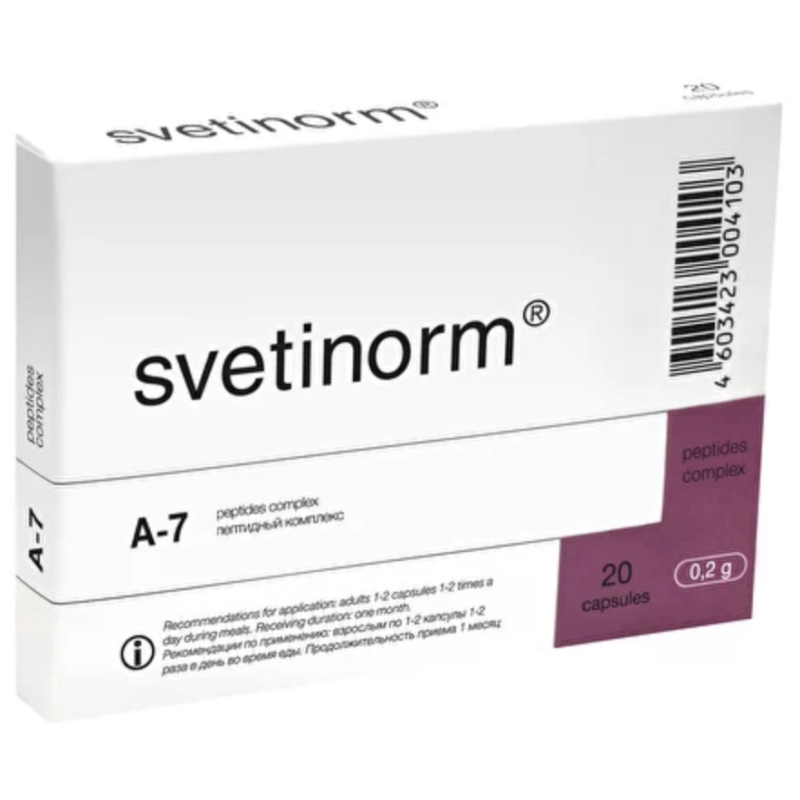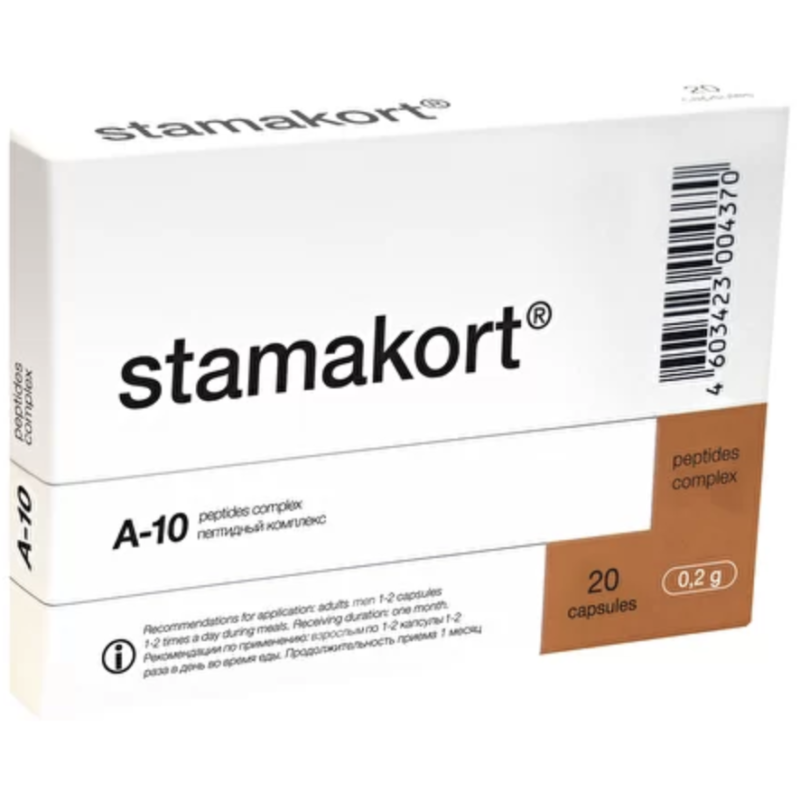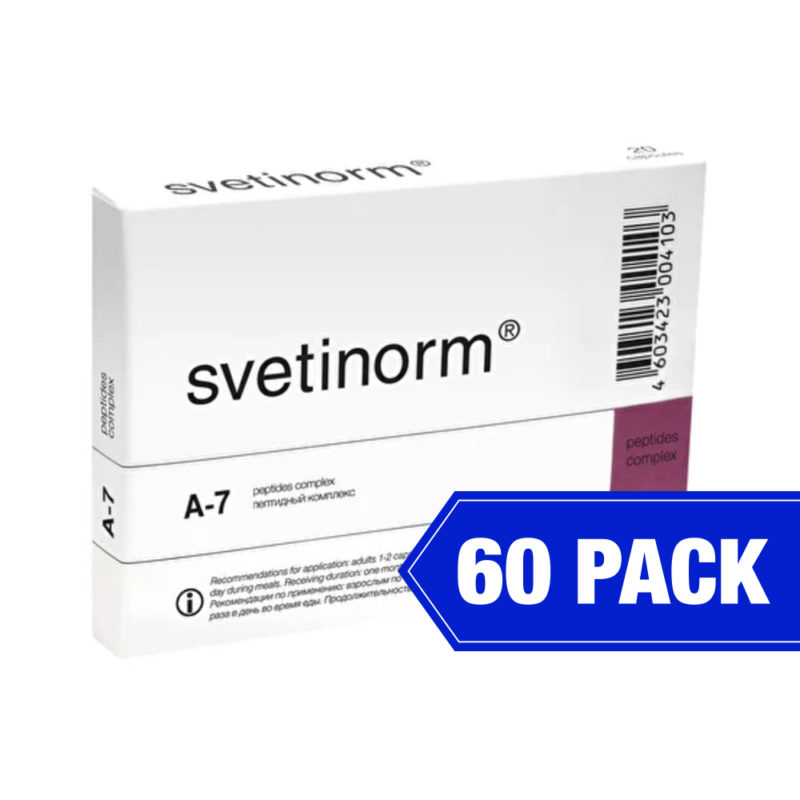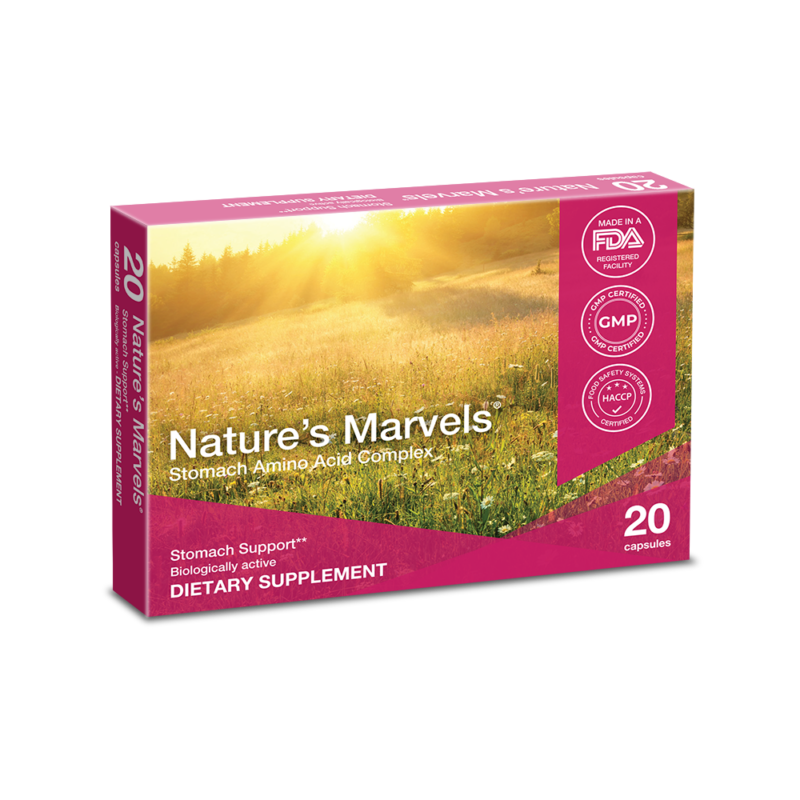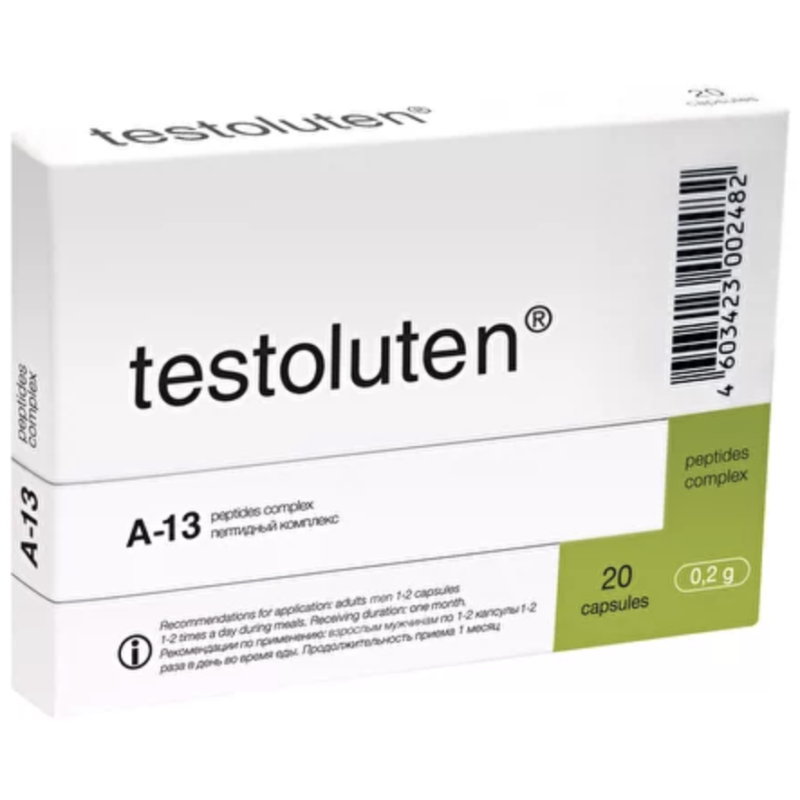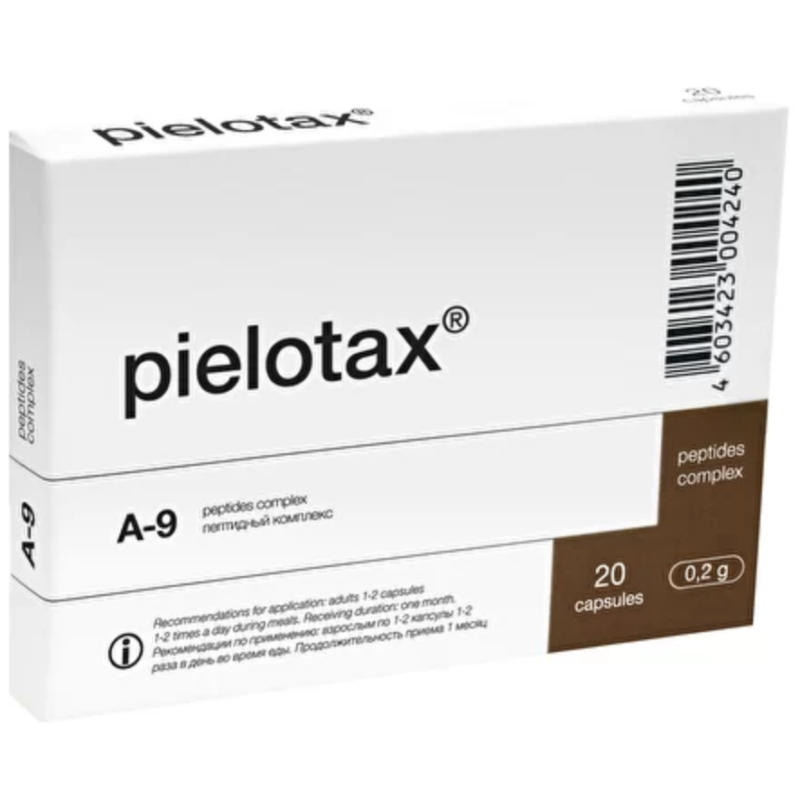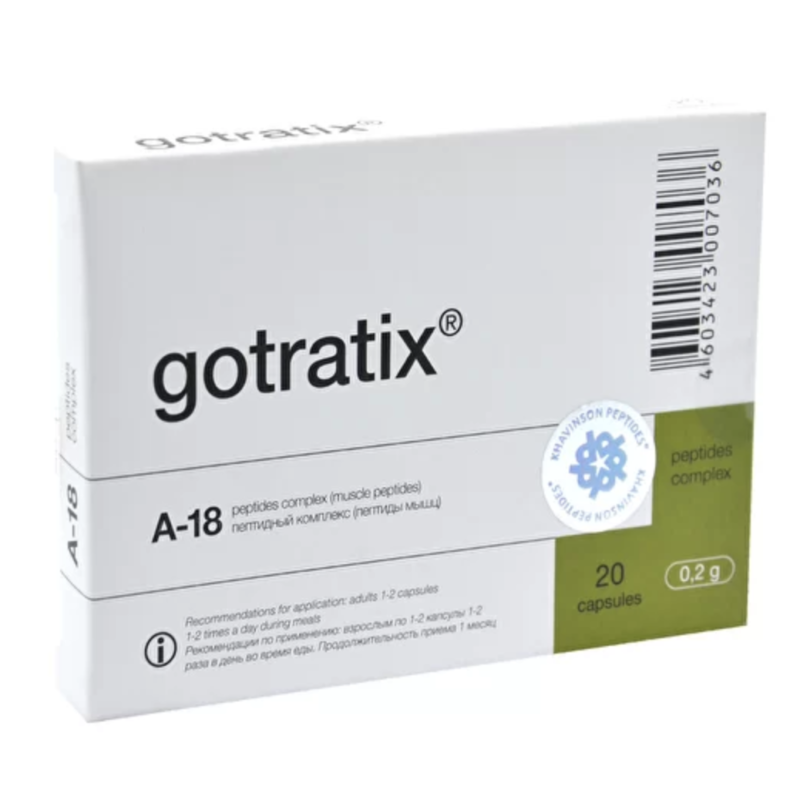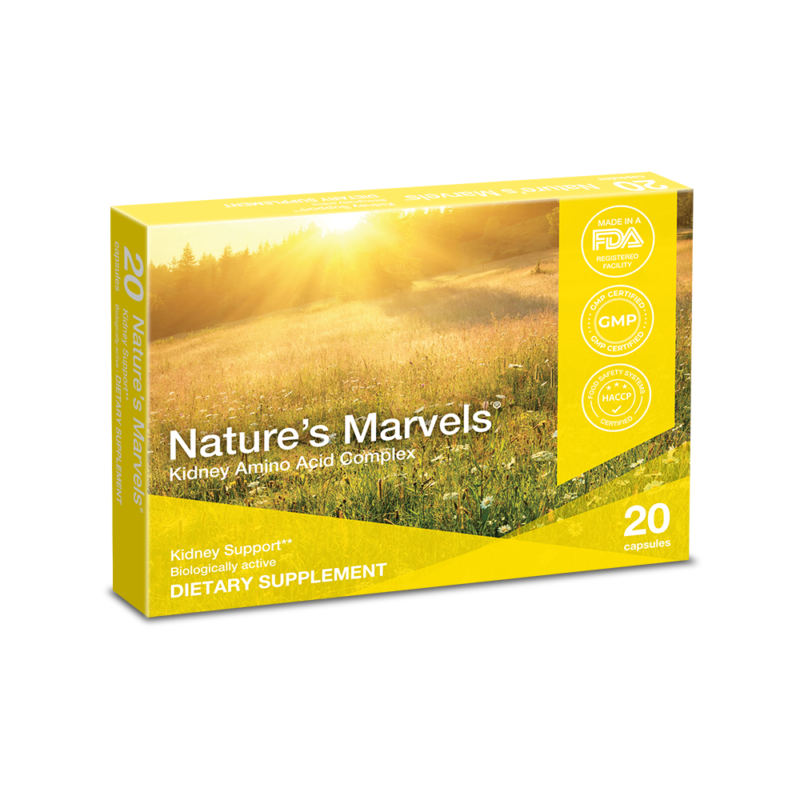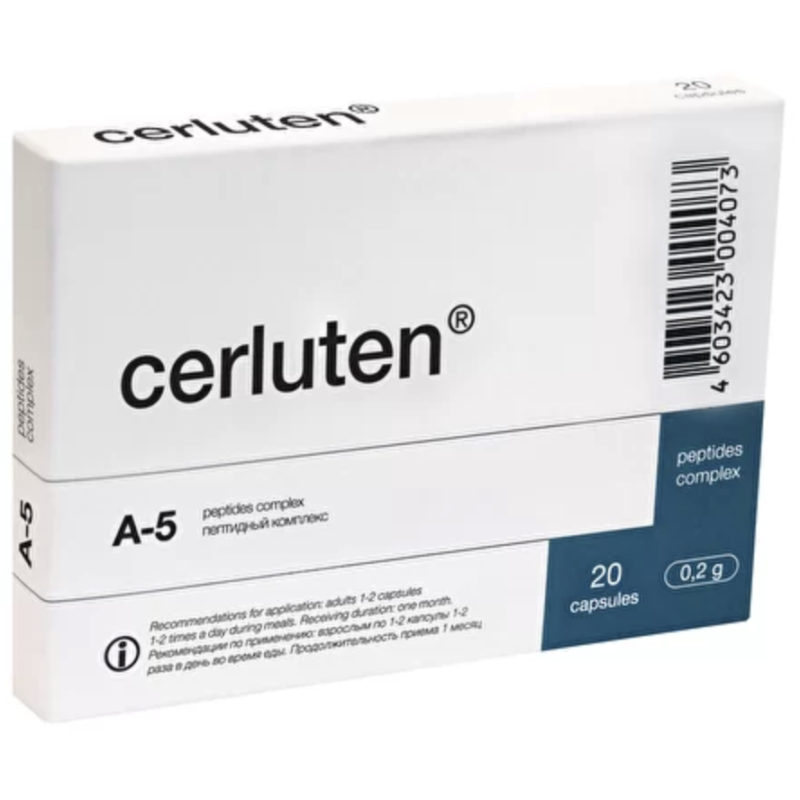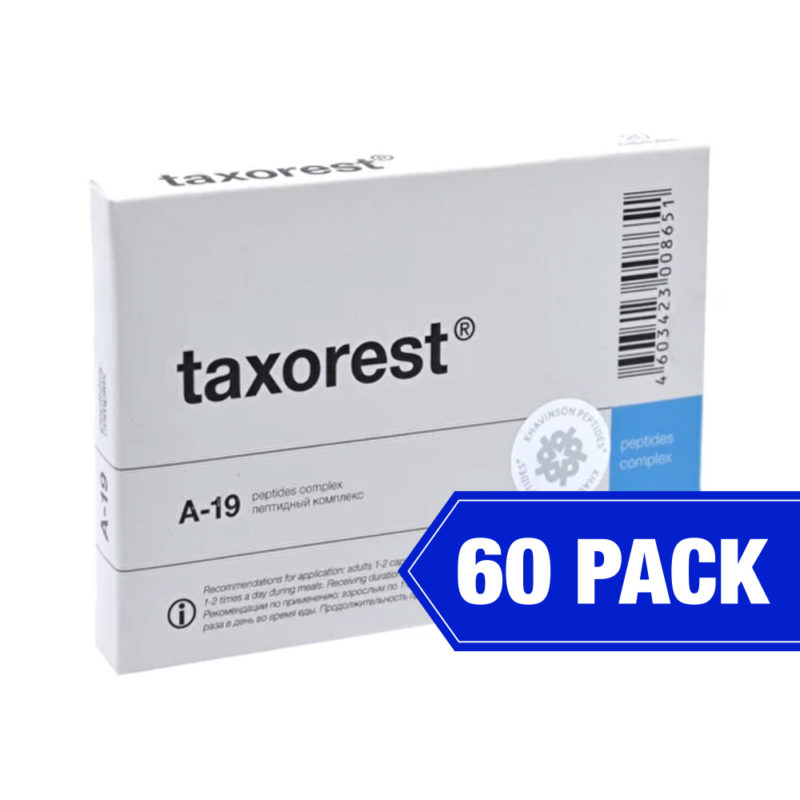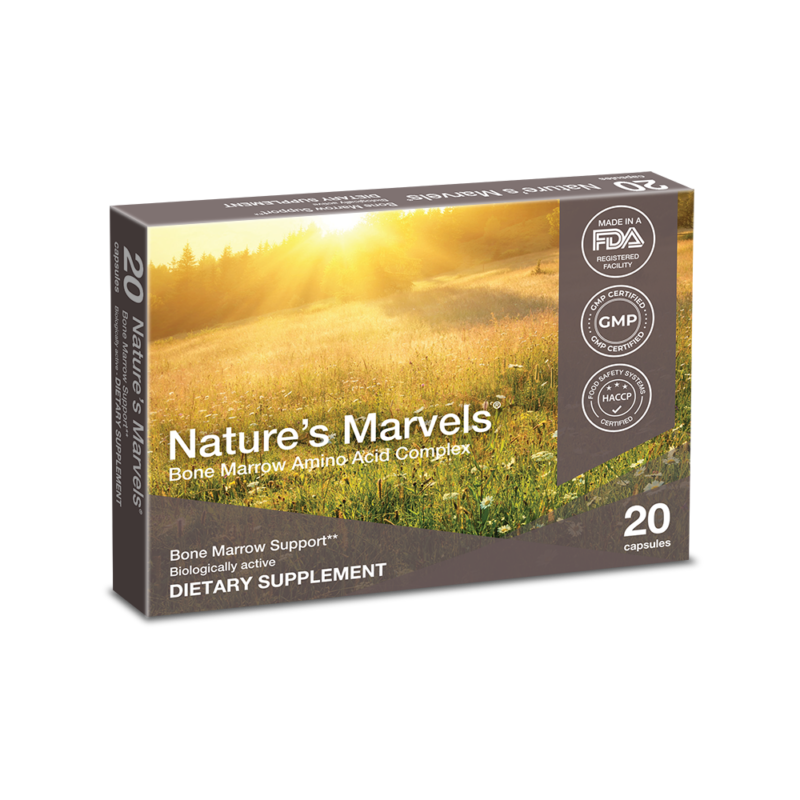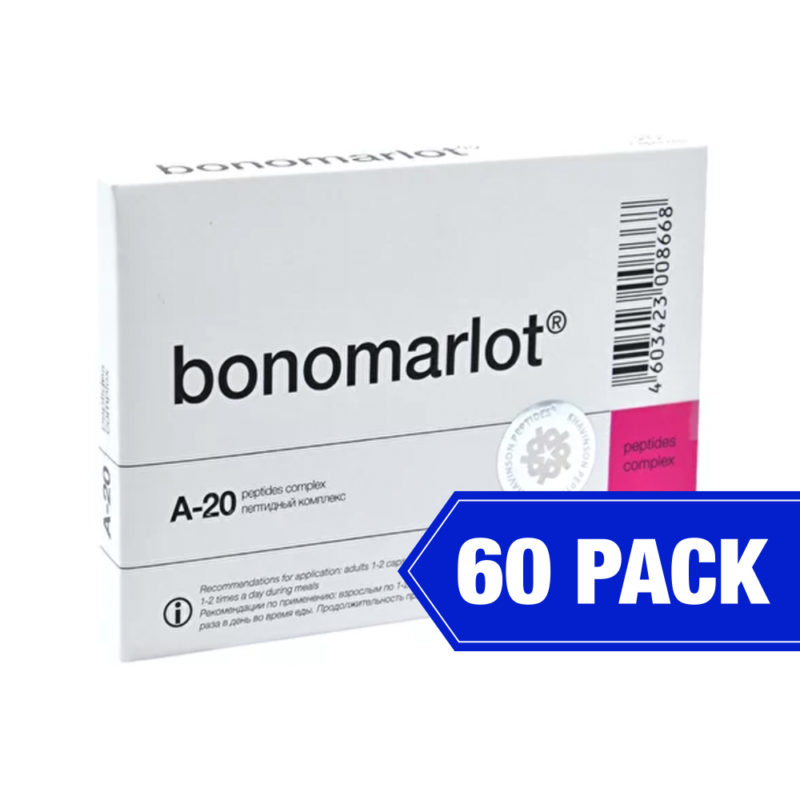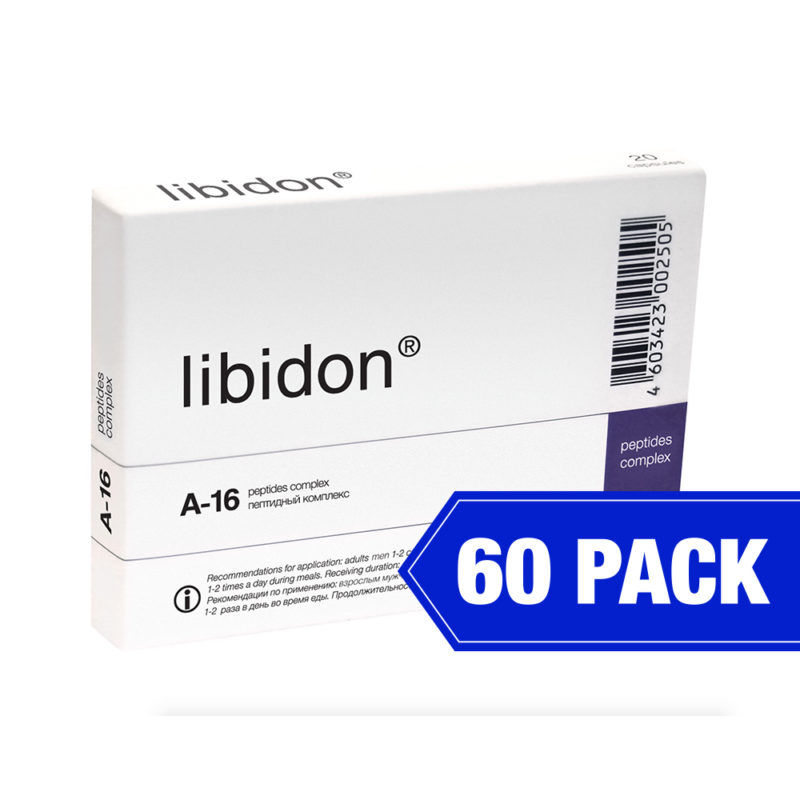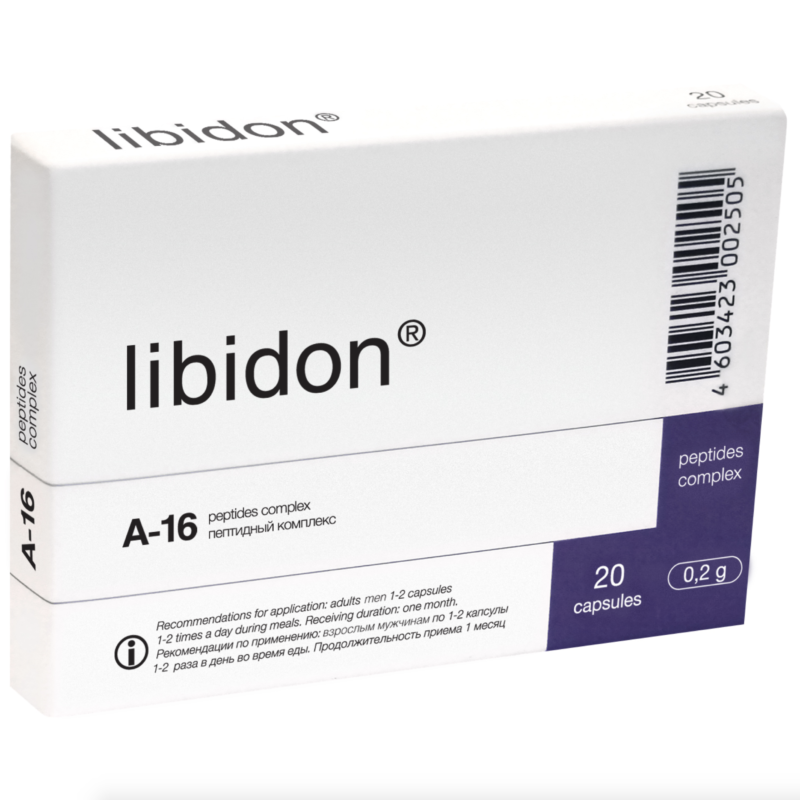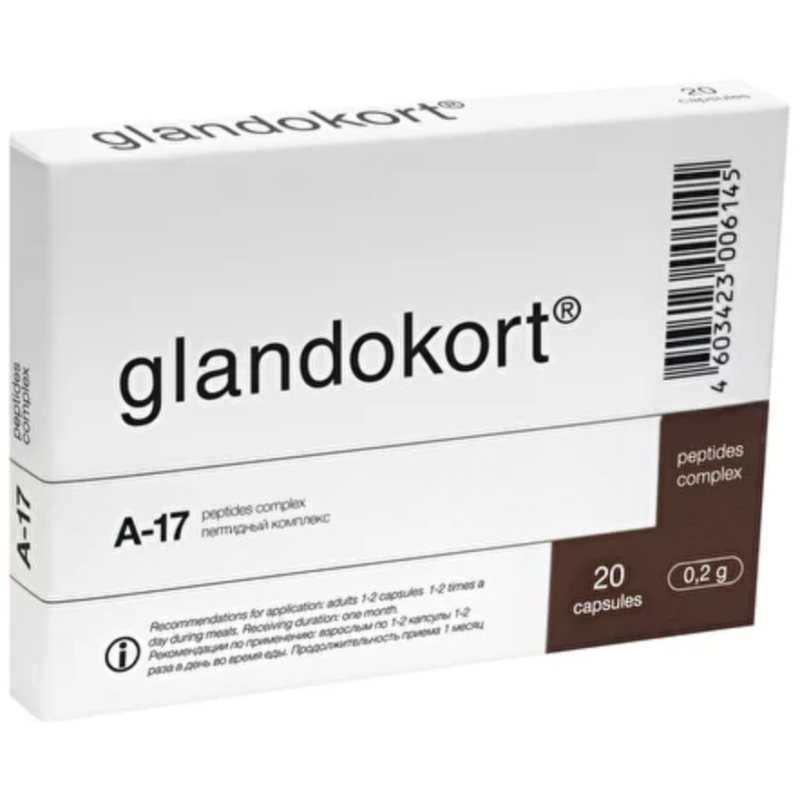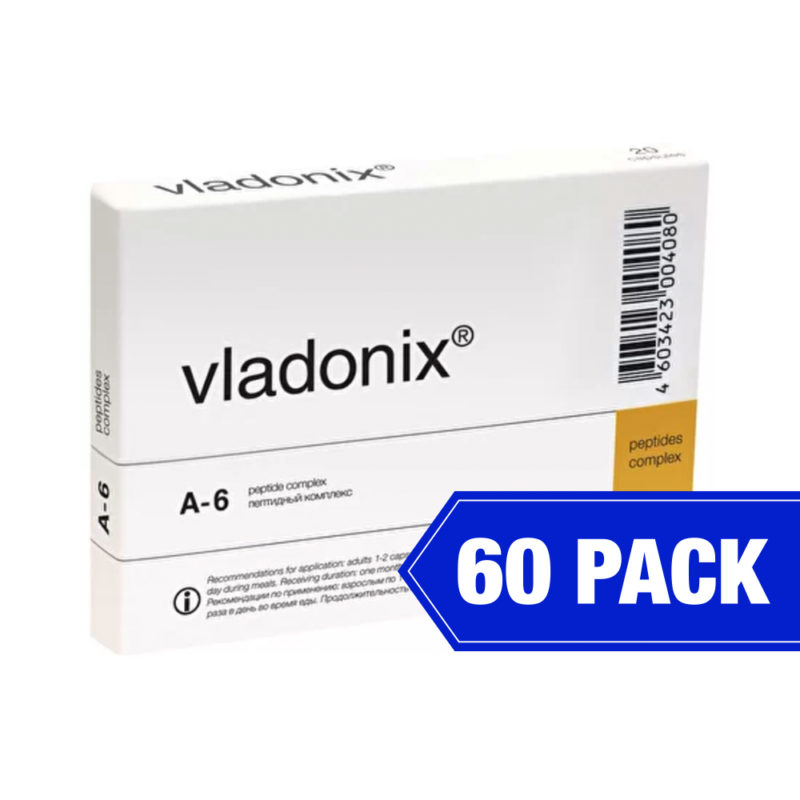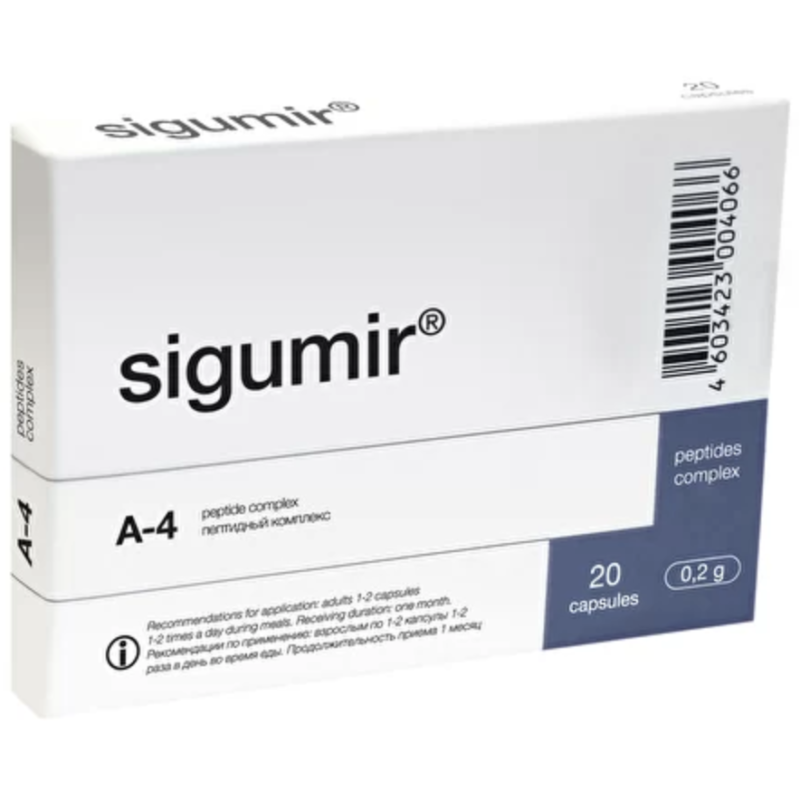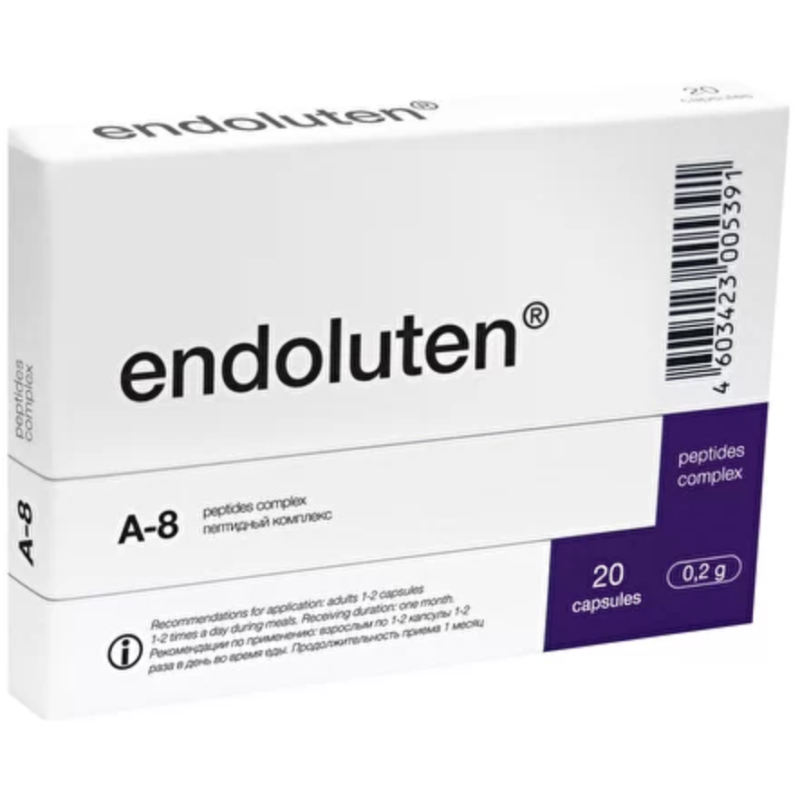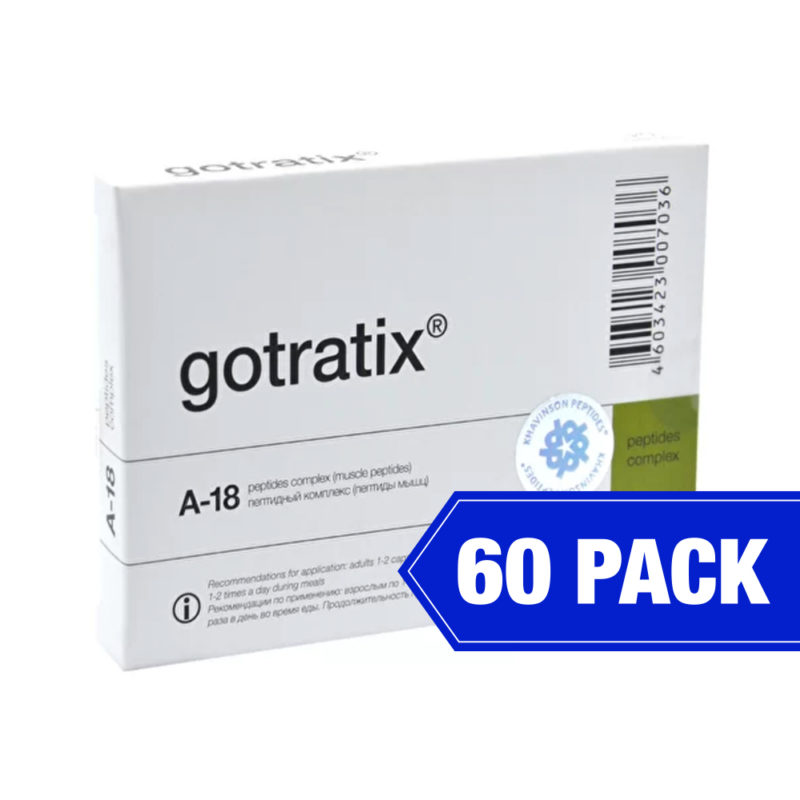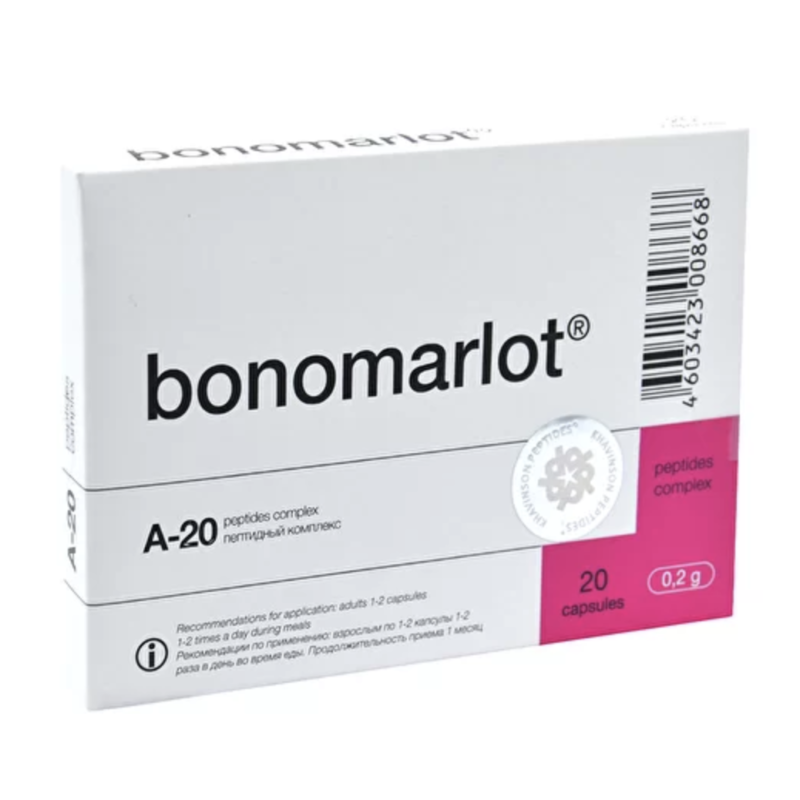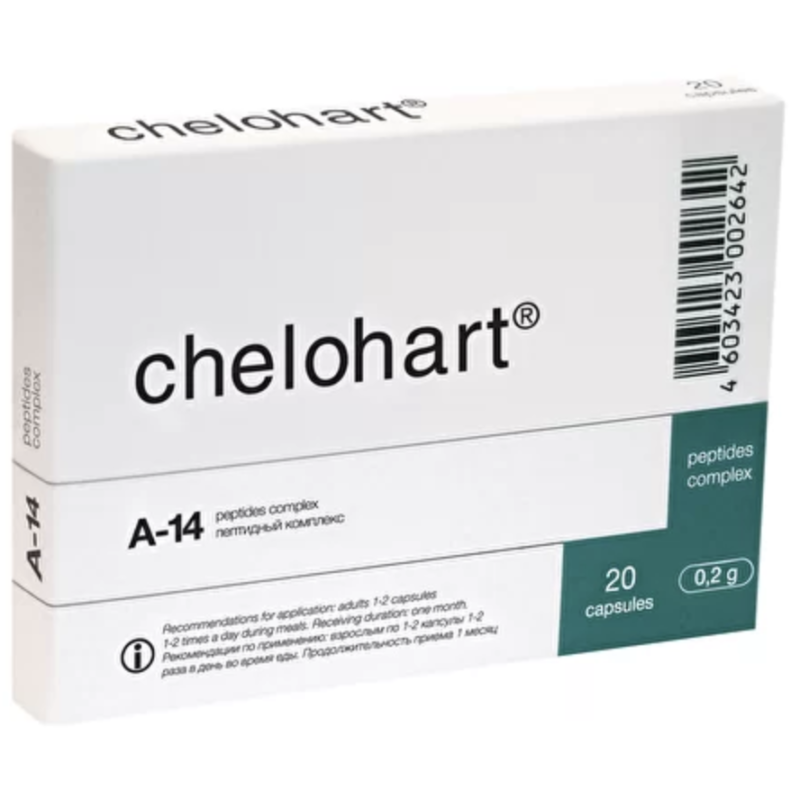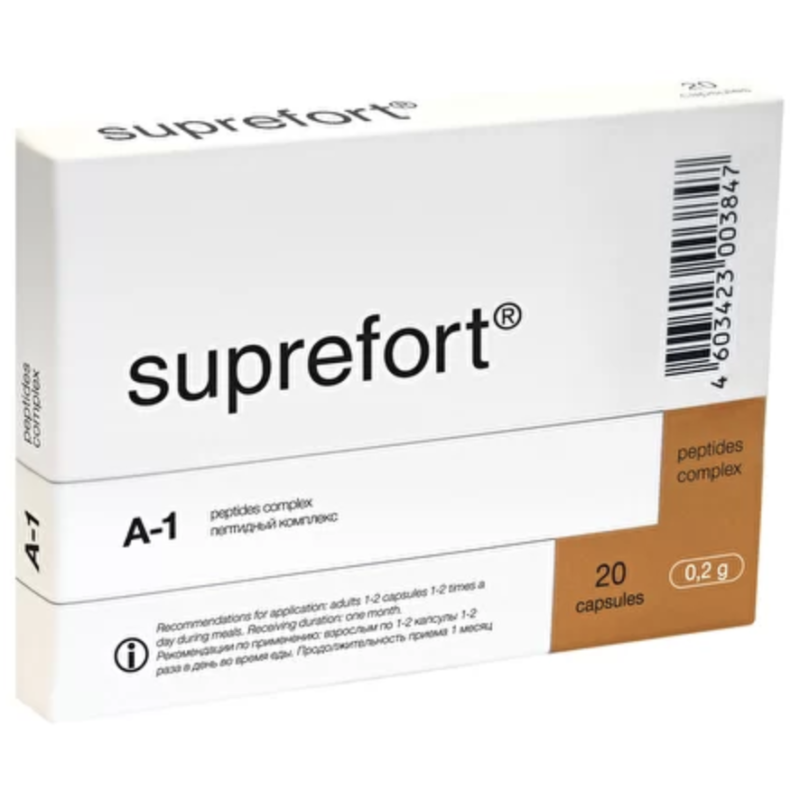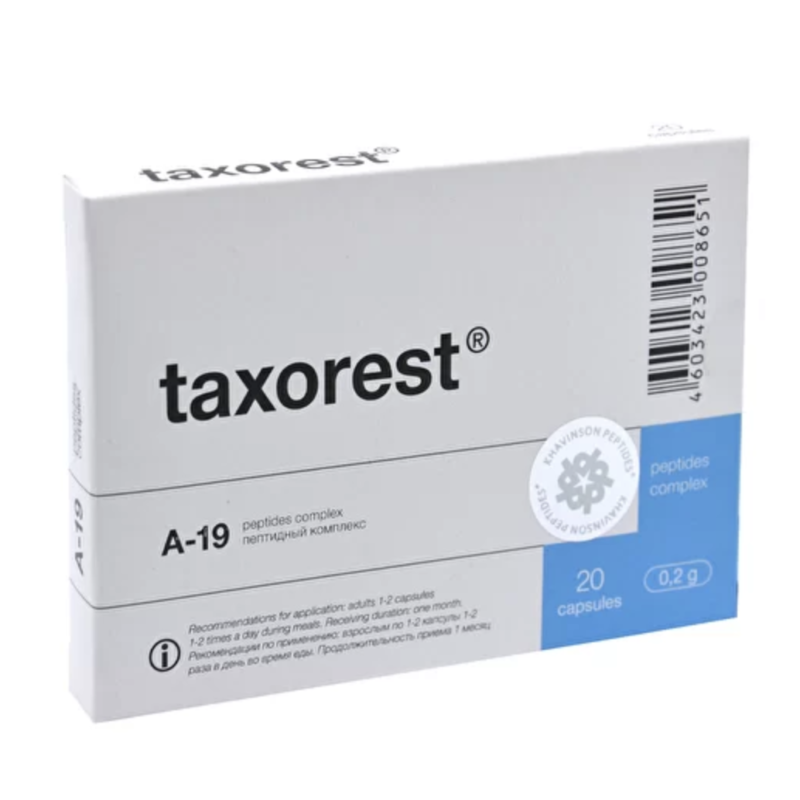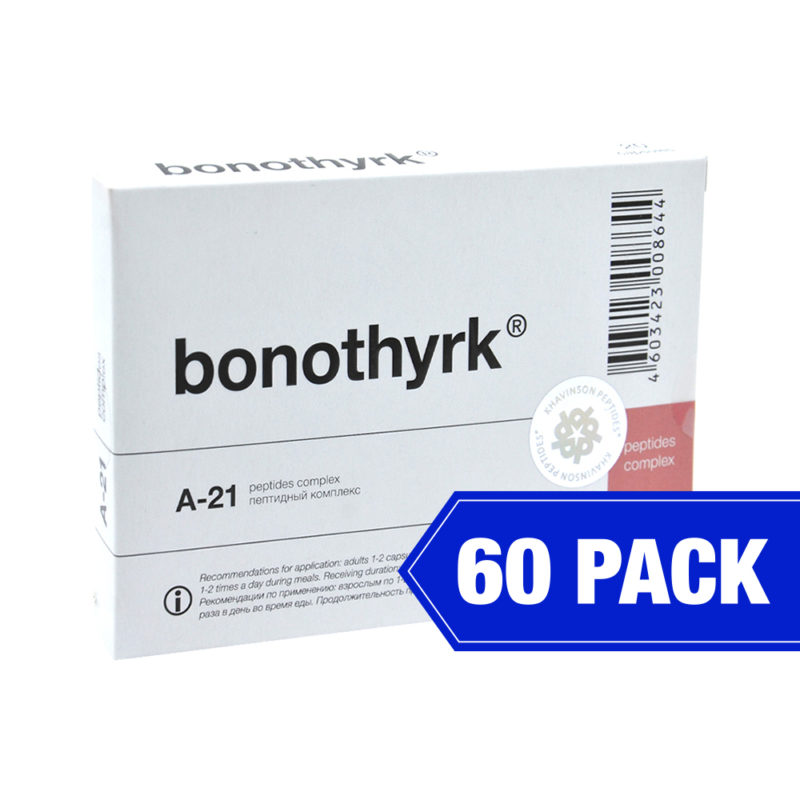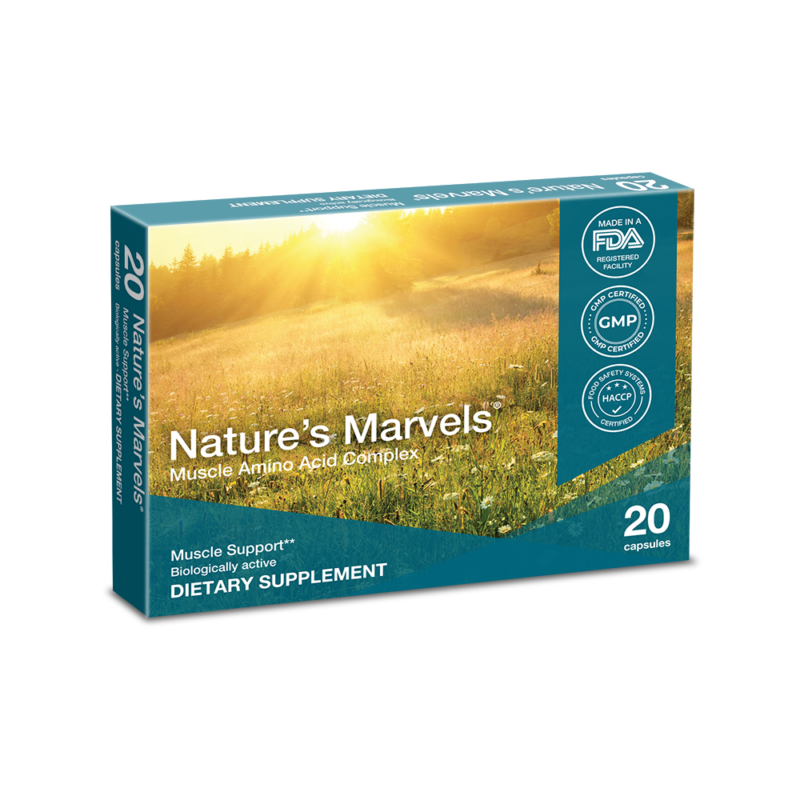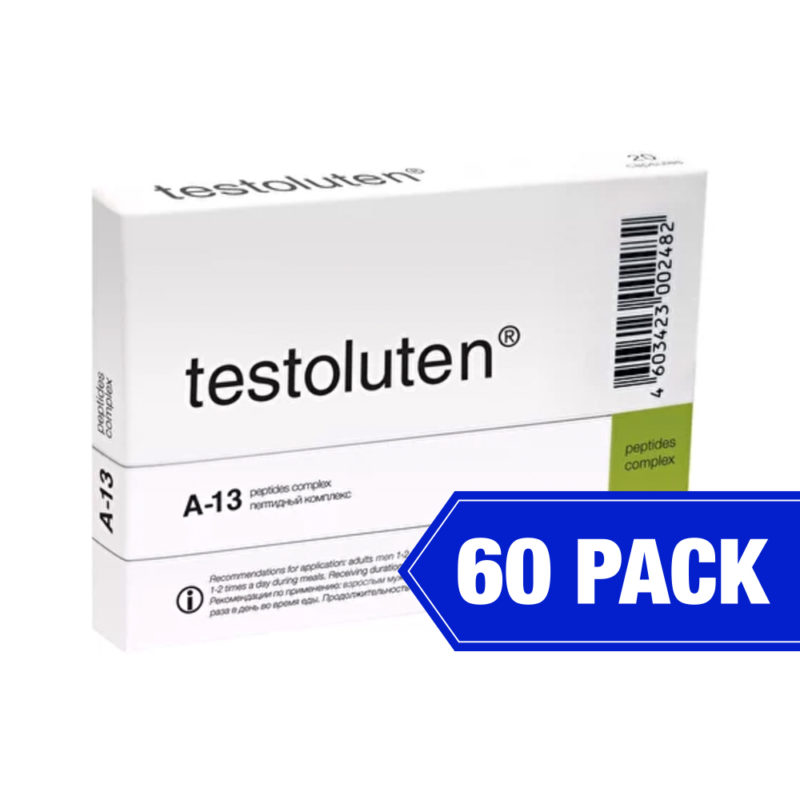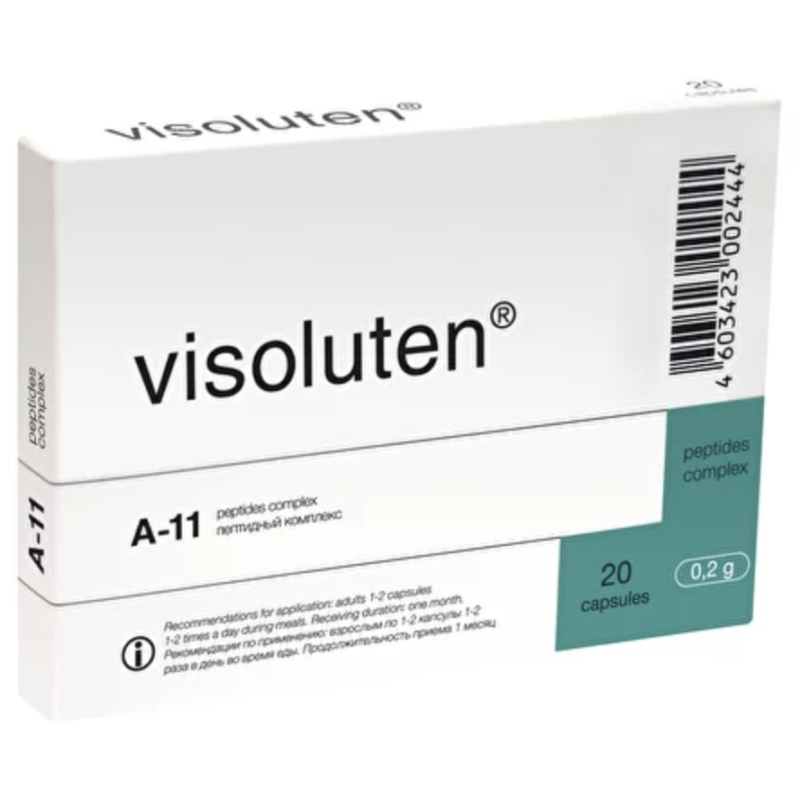The New Russian Peptide Revolution
I was in Geneva at the Swiss antiaging congress in 2010 when I first heard Professor Vladimir Khavinson discuss this new peptide technology. As I began to try and comprehend the enormous consequences of his lecture, I will admit that at first I was apprehensive and found myself asking questions; was it too good to be true? Why hadn’t we heard anything like it before? So, as often in life, it seemed best to ‘sit on the fence’ and ‘wait and see.’
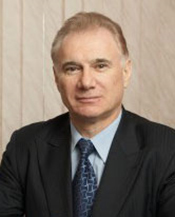
Professor Vladimir Khavinson
Then at the Belgian antiaging conference in Brussels in 2011, I got to listen to Professor Khavinson lecture about the peptides again, and this time I also had the pleasure of his company on a one-to-on-one basis for a couple of hours. He gave me a lot of materials which I began to work my way through. The genesis of exactly what this was all about began to sink into my grey matter; furthermore it was reinforced when I meet him and his partner, Professor Svetlana Trofimova at yet another antiaging conference, this time in Istanbul, Turkey early in 2012. At that time, I took the opportunity to invite him to lecture at the London antiageing (English spelling!) conference in September 2012, after which I knew that I had to obtain this technology- and to put down succinctly in writing exactly why it could be so important, and that’s what I’m doing now!
A former military secret
I apologise if I appear to be ‘filling out’ this article, but as you will see some background is required to explain all- for whilst this type of peptide technology is new and totally unique to us, it has in fact been quietly and indeed secretly ‘tested’ on many thousands of individuals over decades. How come, you may ask? The answer is because this Russian peptide technology was founded during the Cold War years- to help protect elements of the then Soviet forces. That’s not entirely unusual, in the course of my pharmacological career I’ve come across other former ‘military’ secrets; for example, modafinil (Provigil®) was developed for the French Foreign Legion. Often these ‘military releases’ are seen as breakthroughs when they finally arrive on the commercial marketplace- although I must say that it always makes me wonder what the military are using now?
Professor Khavinson is currently the President of the International Association of Gerontology and Geriatrics (IAGG) for Europe, a very senior position, and of course he also holds several Presidencies of Universities and research foundations within Russia, but in the 1980’s he was a Colonel in the Russian Army medical corps.
It was then that he and his team were approached by Kremlin officials to find ‘answers’ for their troops; to ‘protect’ them against a wide range of new weapons and problems that they faced in modern warfare. Weapons such an American battlefield lazer that would blind anyone who saw it; how could they recover the soldiers’ eyesight after such an exposure? Another problem was how Russian submariners’ could be protected whilst they were located on the bottom of the ocean for months at a time- sitting nearby radioactive nuclear reactors! These and other types of problems were given to Professor Khavinson and his team to solve and at the time he had the massive resources of the Soviet military machine behind him! Actually, Professor Khavinson personally told me that he feels much of their research would be virtually impossible today since it would require a great amount of difficult to obtain and expensive materials; but during the time of the Soviet Union virtually anything he required for this military purpose was made available to him.
So let us not dwell on exactly how their research twisted and turned, but rather what they discovered about peptides and the properties they have to protect us and benefit our health. Let us move onto what the Institute of Bioregulation and Gerontology in St. Petersburg are now referring to as Peptide Bioregulators.
Peptide Bioregulators
It’s a given fact that nutrition is one of the most important factors affecting human development. The components of nutrition are transformed into the structural development of cells to support metabolism, physical and intellectual activity and to ensure health and longevity. Of course, nutritional disturbances always entail negative consequences.
The role of peptides in terms of being ‘active’ upon different organ systems was shown many years ago by I.P. Pavlov who won the Nobel Prize in 1904 for the physiology of digestion. It’s understood that humans, through food, obtain proteins, which are split under the influence of gastric enzymes into small peptides and aminoacids, which in turn help to regulate the functions of different body functions and systems.
But now, Professor Khavinson and his team have discovered that ‘bioregulation’ through peptide therapy is possible. It is a new approach to prevent age related diseases and restore disordered body functions.
The Russians developed a method to isolate small peptides, which consist of three bound aminoacids, from animal tissues. They found that the efficacy of these small peptides is high and that they can exert their effect at minimal doses.
Fundamentally, these small peptides, (that are isolated from individual organs and glands etc.), reveal activity by manifesting the stimulation of protein synthesis of those specific tissues. So, for example, the peptide taken from the testes reinvigorates a ‘biological reserve’ of the testes when administered; the Russian work refers to the application of these Peptide Bioregulators as ‘geroprotectors.’
These specific small peptides interlock with their specific section of DNA and activate the gene. This is a highly specific reaction. For example- enhancement/ improvement of testes, adrenal glands, eye retina or prostate, (or from wherever the original peptide was obtained) has been seen.
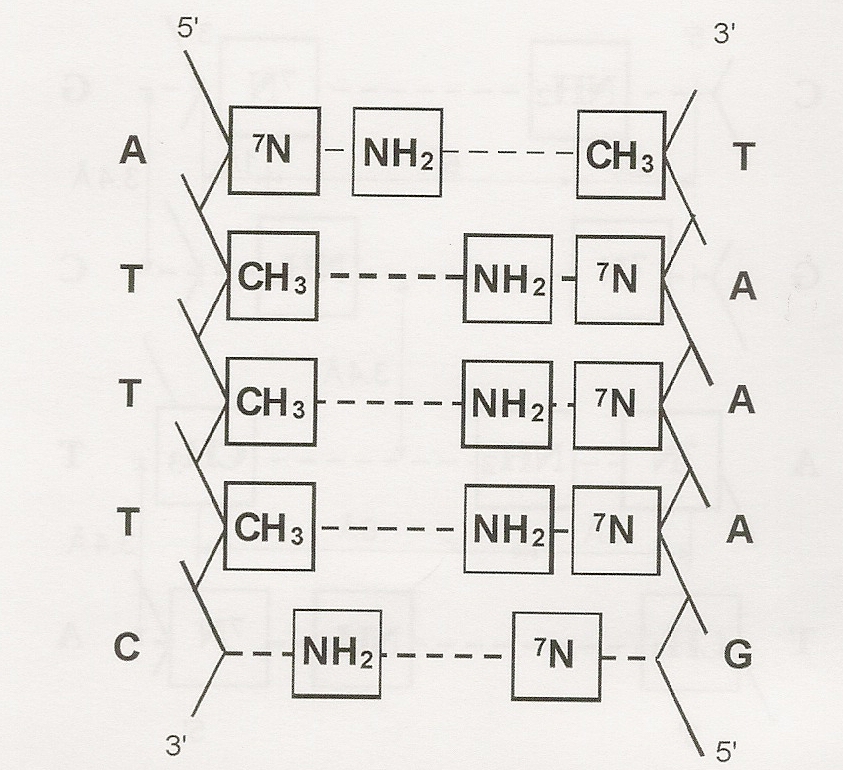
Figure One: (Left) a sequence of nucleotide pairs in the DNA double helix.
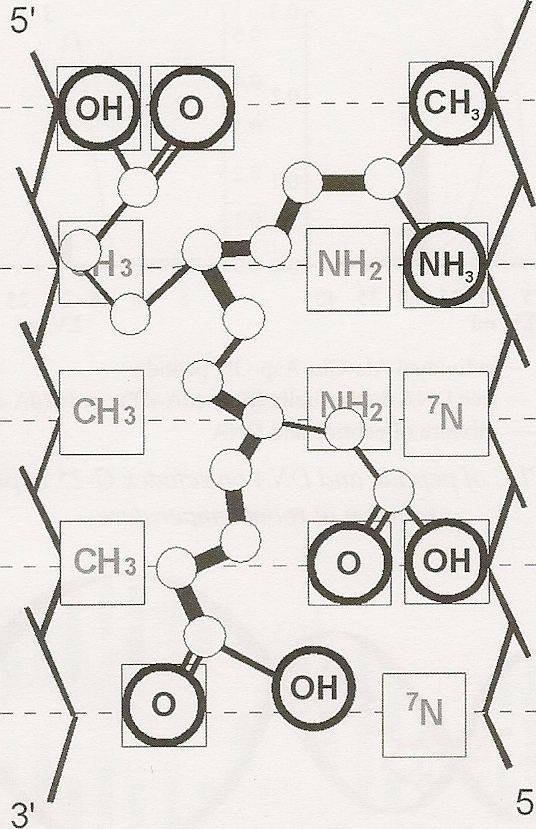
Figure Two: (Right) the complimentary interaction of a Peptide Bioregulator onto this same DNA double helix
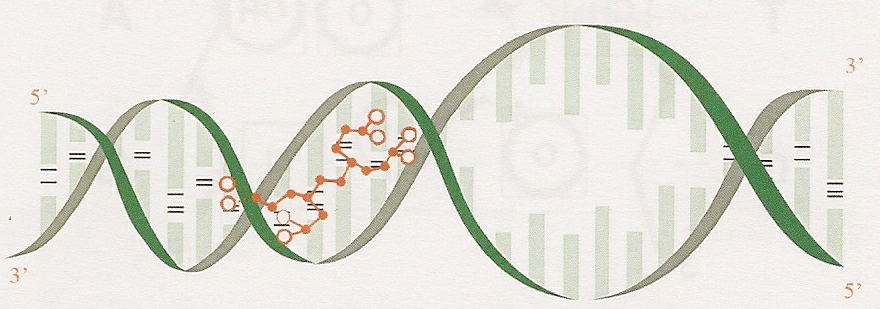
Figure Three: The same reaction shown from a different viewpoint- the interlocking/ stimulation of the peptide bioregulator onto a DNA groove.
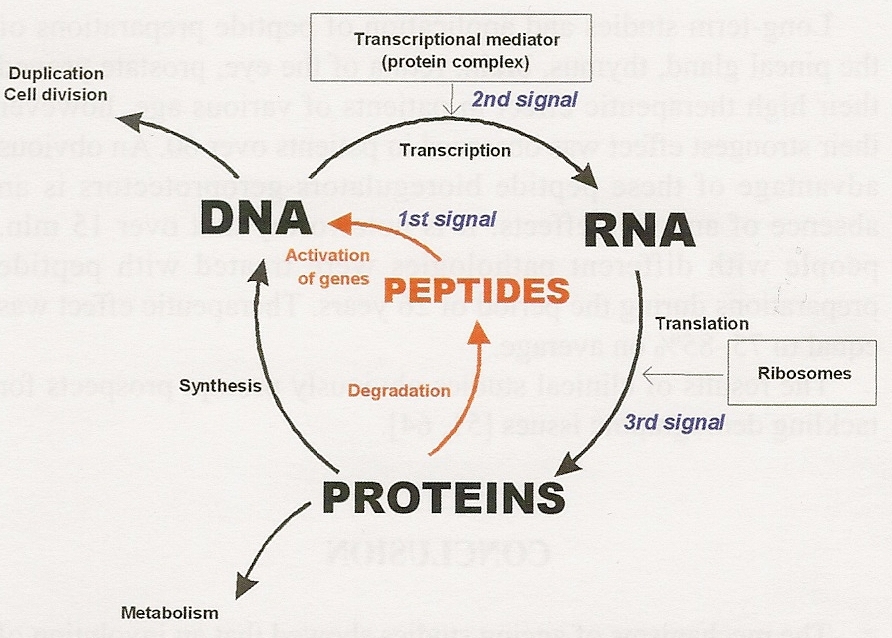
Figure Four: The role of peptides in the cycle of DNA, RNA and protein biosynthesis.
It can be clearly seen in figure four, that these Peptide Bioregulators can act directly upon DNA to activate gene processes.
Overview
The detail of the Russian research with Peptide Bioregulators is described in the following schematic:
There is complementary interaction between small peptides and DNA, it causes
V
Chromatin decondensation, which in turn creates
V
Changes in gene conformation and expression which leads to
V
Synthesis of tissue specific proteins, causing
V
Cellular proliferation and differentiation and finally ends in the
V
Regulation of biochemical and physiological processes
Beneficial effects
There are quite a lot of individual Peptide Regulators to report on, and given the limited space available to me (with this first introduction to them in the Aging Matters™ magazine); it means this will have to be brief. But naturally, we hope to be uploading much more to the IAS website soon and of course saying more in future issues.
I have seen a number of papers of patients’ improvements when they have been treated with this or that Peptide Bioregulator. Many beneficial lipid and hormonal profile changes have been noted, as well as subjective improvements in terms of sleep, memory and wellbeing enhancements etc. But perhaps the most obvious and immediately obvious beneficial effect/ changes can be seen in these computerised field of vision tests- called perimetry or Pericom.
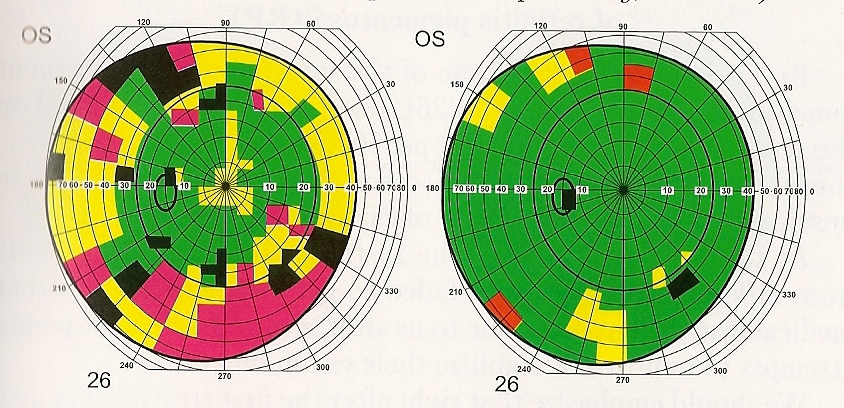
Figure Five: A field of vision test, left upon entry to the program with a 51.3% normal vision and right after treatment with Peptide Bioregulators, now with a normal vision of 93.7%
Figure five shows a patient born in 1972 who has diabetes mellitus type II, proliferate diabetic retinopathy and pseudophakia. She was observed over 5 years and undertook just 11 courses of Peptide Bioregulator treatment, (each one equal to 10-days). Her visual acuity was 0.4 on admission and was 0.85 on discharge with a significant widening of vision, (as can be seen by the healthy green areas of vision), overall her normal vision across the retina improved from 51.3% to 93.7%.
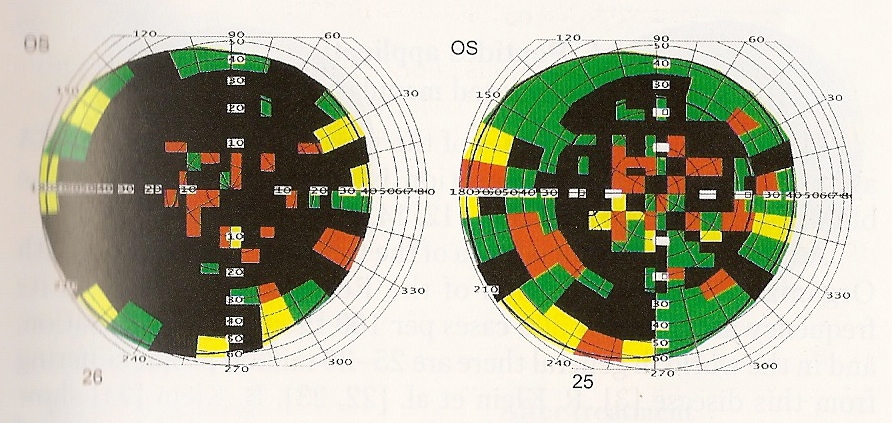
Figure Six: A field of vision test, upon admission (left) with a normal vision of 8.5% and after treatment with Peptide Bioregulators (right) with a normal vision of 29.6%
The patient shown in figure six was born in 1936 and has pigment retinal degeneration, low myopia and pseudophakia. The black areas show no vision capability and therefore the patient was near blind at the start of the study. However, over a course of 7-years the patient received 12 courses of Peptide Bioregulator therapy, (each course being a period of 10-days). Afterward there was a significant widening of vision and considerably improved ERG indices.
I think this case is quite remarkable considering how serious and debilitating the condition was to start with. Clearly Peptide Bioregulators can have highly significant benefits for eyesight conditions, especially those related to retinal disorders.
Safety
Sanitary chemical tests for toxic elements and heavy metals have confirmed their complete absence from both the raw materials and from within the final Peptide Bioregulator products. In addition, acute toxicity trials that gave single dosages 5000 times greater than the normal therapeutic doses have not triggered any serious reactions.
Furthermore, long term administration of doses between 100 to 1000 times the regular therapeutic doses has not reported any side effects. Studies of the animals morphological and biochemical indices, including the status of their internal organs, cardiovascular, respiratory, liver and kidney functions have not revealed any pathologic alterations- even at these extreme doses.
Dosages
Dosing is also quite remarkable; since the Peptide Bioregulators stimulate protein synthesis and therefore by consequence activate a ‘biological reserve.’ Hence, the gland/ organ that the specific peptide provides for seems to be ‘kick started’ into doing more, like when it was younger and then this ‘reinvigorated’ process appears to continue for some considerable time, long after the last capsule is consumed.
For example, the generally healthy person who wants protect/ enhance a particular aspect need only take 2 capsules a day for 10-days and then repeat the course 6 months later! That would be an impossible task to perform with say a hormone, whereby treatment would need to be continued almost daily to maintain that hormone level. But of course, these peptides are not hormones per-se, rather they are instructing the particular hormone’s gland to ‘get to work!’
Of course some persons, (depending on their need), will of course want to repeat the 20-capsule regime more often than every 6-months; perhaps every 3-months or perhaps up to every month if deemed absolutely necessary, but there certainly doesn’t appear to be a need to take the 2-capsules every day.
Side effects and contraindications
Most remarkably of all- with thousands of patient data of individuals having taken these Peptide Bioregulators for years, there have been no reported side-effects and there are no known contraindications.
But I would be remiss as a pharmacist, if I didn’t say that given the action of the Peptide Bioregulators that any persons taking medications that may ‘interfere’ with lipid levels, or individuals taking hormonal supplements, should monitor their blood/ urine levels closely, to ensure that changes are not going beyond what you expect. For example, I expect that those on hormone replacement therapy may have to lower their doses in line with the specific Peptide Bioregulator that is being taken concurrently.
Russian food supplements
The Russian group have rightly protected their peptide bioregulators technology with worldwide patents- they’ve even copyrighted their remarkable 3D PowerPoint® slides! Note, that the peptide range is presently derived from a Danish bovine source and prepared to pharmaceutical standards. The entire range is currently registered and sold on the Russian market as food supplements.
The Peptide Bioregulators currently available from IAS are as follows:
1. Peptide Bioregulator for the testes, called Testoluten®
2. Peptide Bioregulator for the prostate, called Libidon®
3. Peptide Bioregulator for the eyes, called Visoluten®
4. Peptide Bioregulator for the adrenal glands, called Glandokort®
IAS hopes to be adding more of the Peptide Bioregulator range in the near future, obviously it is our intention to report on them often, as and when we have news to tell- so please stay tuned to the website: www.antiaging-systems.com and the Aging Matters™ magazine for more details.
Conclusion
There’s no doubt that much of the top-talk at the antiaging meetings today, by those ‘in the know,’ is focused on peptides. And it’s not just about these Russian peptides, (for which a great many are still yet to discover them, or for that matter even understand them), but other peptides such as TRH, which is a tripeptide researched by Dr. Walter Pierpaoli, (featured in issue 2 of the 2012 Aging Matters™ magazine), or sermorelin, which has been researched by Dr. Richard Walker, (featured in issue 1 of the 2012 Aging Matters™ magazine).
I am going to make a bold statement and suggest my theory- that these peptides may be a missing active health ‘component’ from food. As we know, food is made up of fiber, vitamins, minerals, proteins, fats etc., but these peptides can be found in our diet and because of their nano size they appear to easily pass through the stomach wall, avoiding stomach acid degradation, (which otherwise destroys so much of the proteins in food). Now, Professor Khavinson’s published research shows us that once these small peptides pass into the bloodstream they invigorate specific gene activation; they do so by interlocking with a particular section of DNA, and as such, they may by themselves be considered to be highly individual ‘gene switches.’ It’s been my belief ever since leaving nutritional college that food must contain ‘hidden’ DNA messages; maybe these peptides are that missing link?
So where does this currently available technology take us? Might it take us into a whole new realm of personalised biological ‘control’ with long-term health and longevity advantages? As usual, only time will tell, but we do know that this type of new approach/ understanding doesn’t come along very often, sometimes not even in a person’s lifetime. So I am excited to know about it, intrigued to have access to it, and want to see where it leads us.
We truly are on the cusp of a new Russian revolution, although this time no shots will be fired and it could benefit everyone!
References:
1. Khavinson, V.K., Peptidergic regulation of aging, Humanistica, 2009
2. Khavinson V.K., Neroev V.V., Tromimova S.V., Osokina Yu. Unique method for restoration of retinal functions in case of different diseases. Gerontological Society of the Russian Academy of Sciences, 2011
3. Khavinson, V.K. Cytogens, biologically active food supplements, Russian Academy of Medical Sciences, 2007
4. Khavinson, V.K., Solov Y.A., Zhilinskii D.V., Shataeva L.K., Vanyushin B.F. Epigenetic aspects of peptide mediated regulation of aging. Advances in Gerontology, 2012, vol 2, no 4, 277-286
5. ‘Live to 100 says Russian physician’ by Lisa Karpova, www.pravda.ru/health
6. Khavinson VKh, Bondarev IE, Butyugov AA, Smirnova TD. Peptide promotes overcoming of the division limit in human somatic cell. Bull Exp Biol Med. 2004 May; 137(5):503-6.
7. St. Petersburg Institute of bioregulation and gerontology, north-west branch of the Russian academy of medical sciences.
8. “I think that the small peptides are the best for healthy ageing.” An interview with Vladimir Khavinson. Biogerontology, February 3, 2013 [Epub ahead of print]
9. Khavinson VKh, Linkova NS, Polyakova VO, Kheifets OV, Tarnovskaya SI, Kvetnoy IM. Peptides tissue-specifically stimulate cell differentiation during their aging. Bull Exp Biol Med. 2012 May; 153(1):148-51.
10. Khavinson VKh, Anisimov VN. Peptide regulation of aging: 35-year research experience. Bull Exp Biol Med. 2009 Jul; 148(1):94-8.
